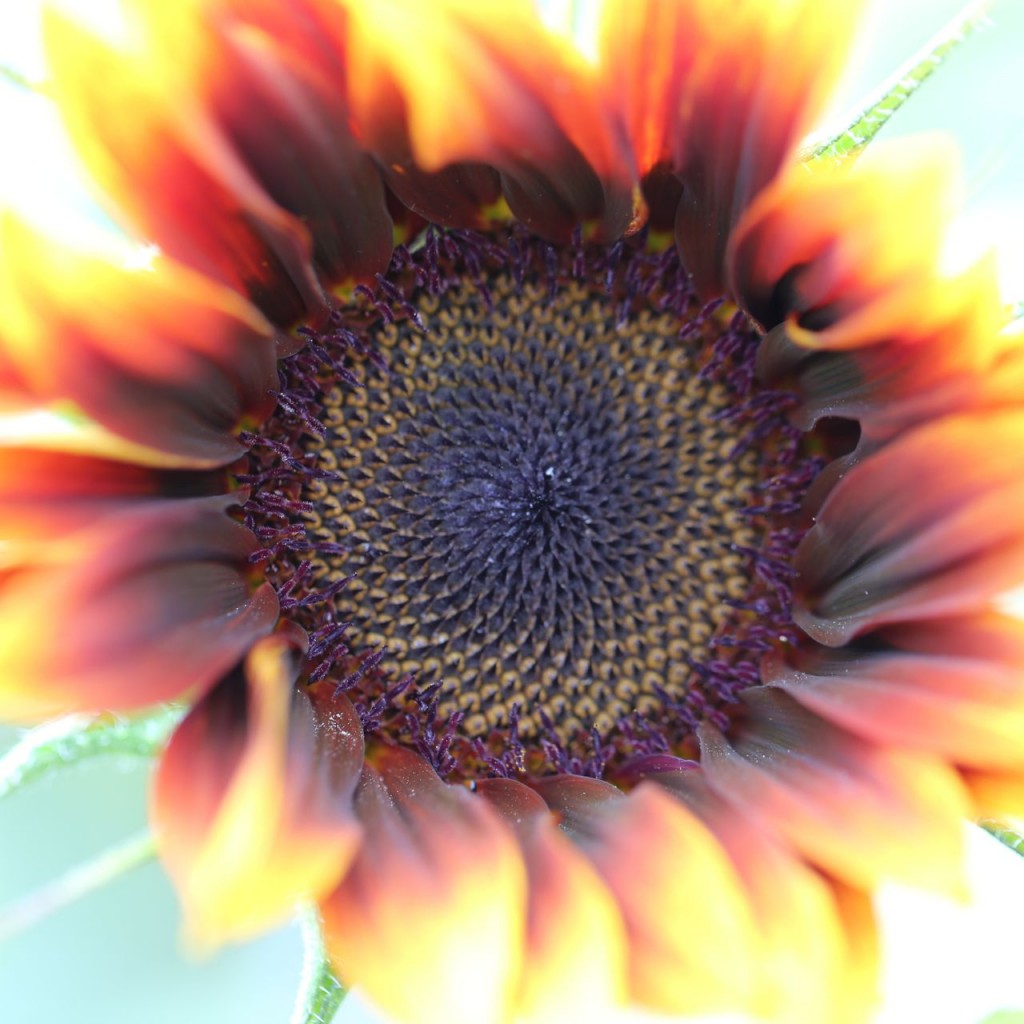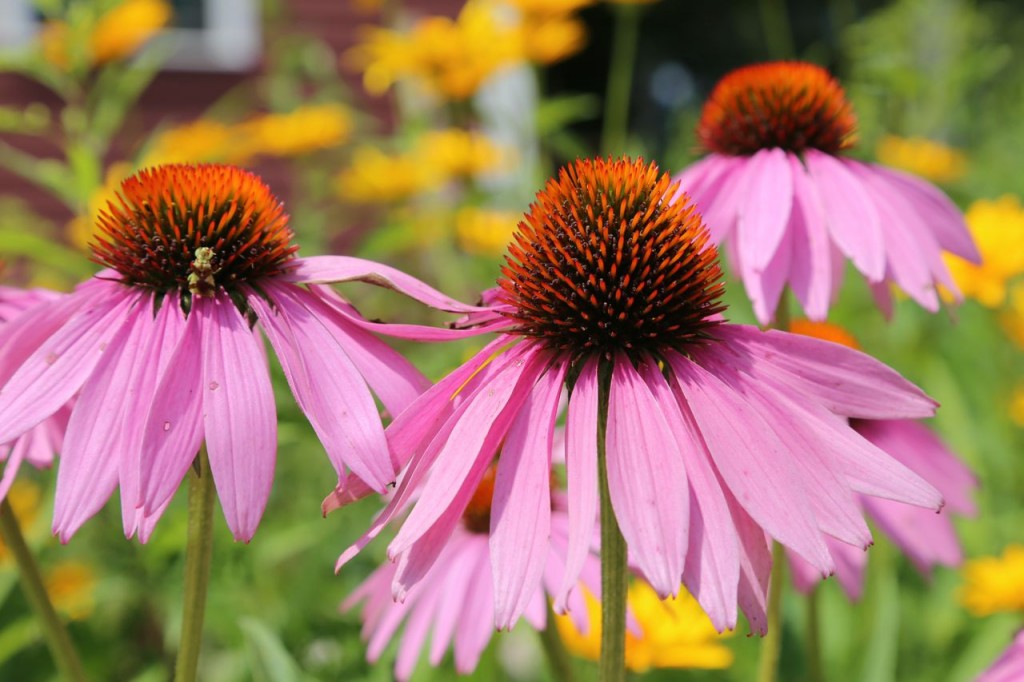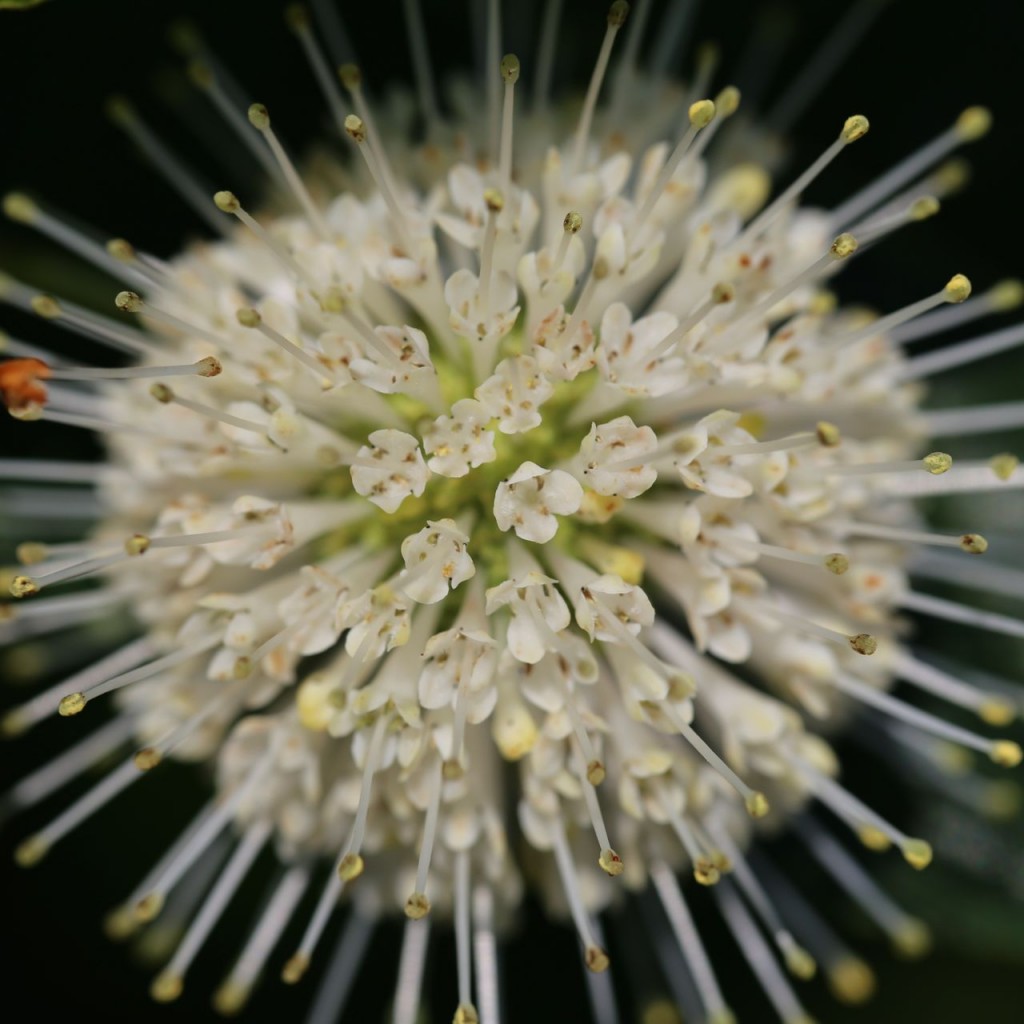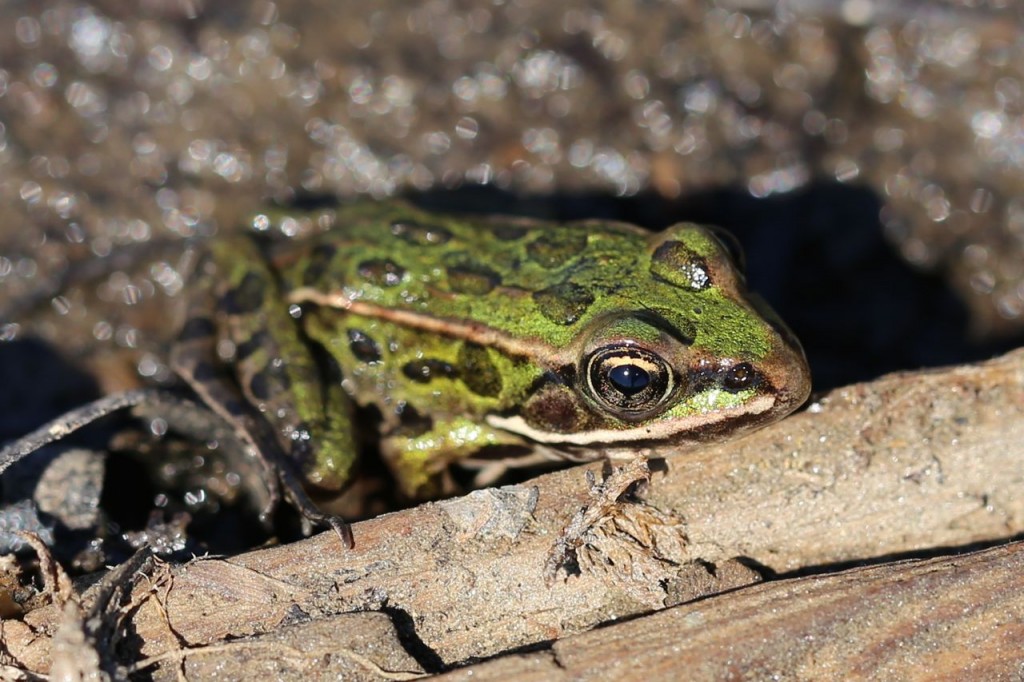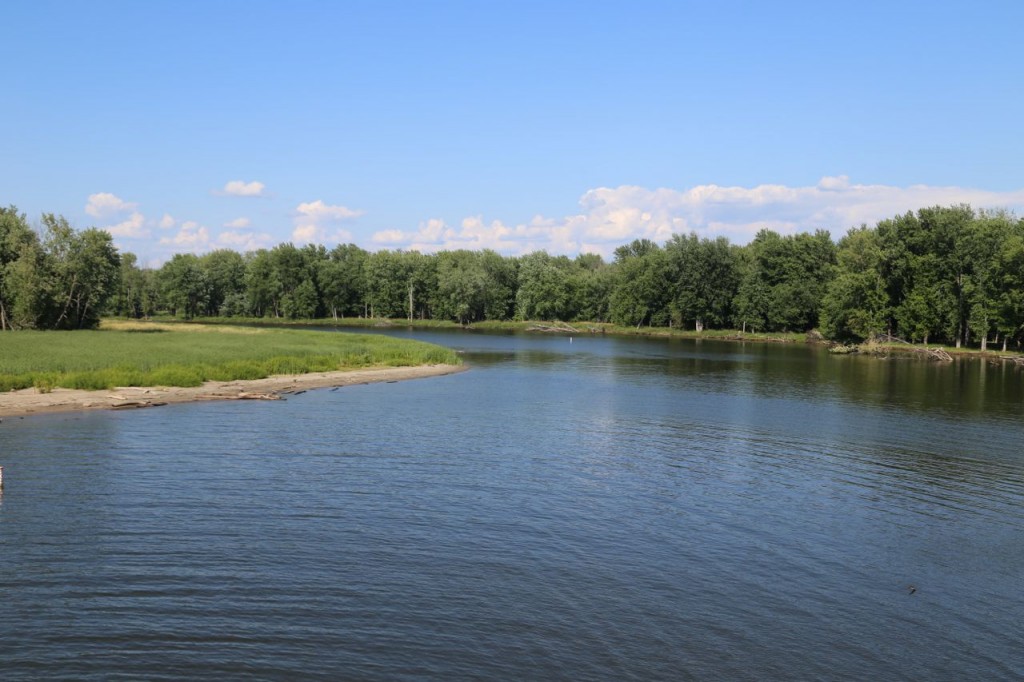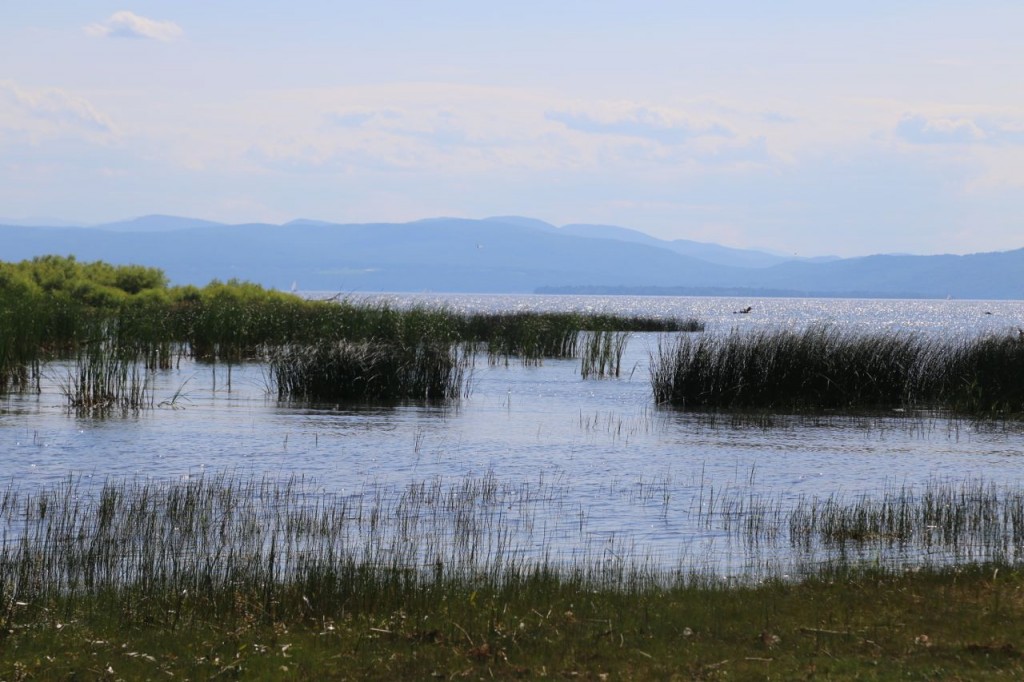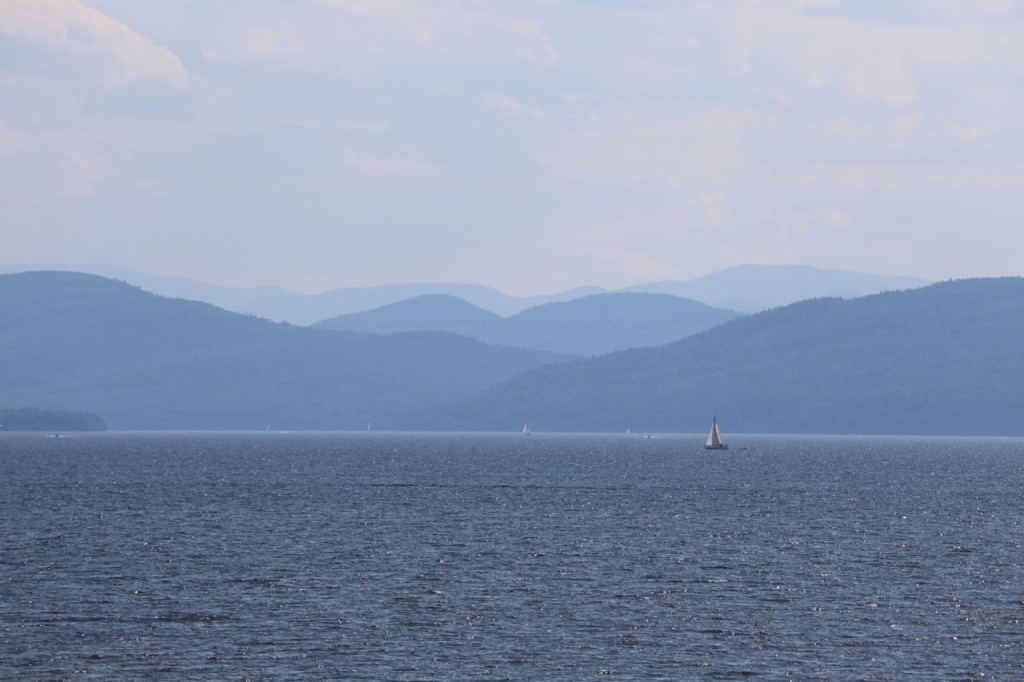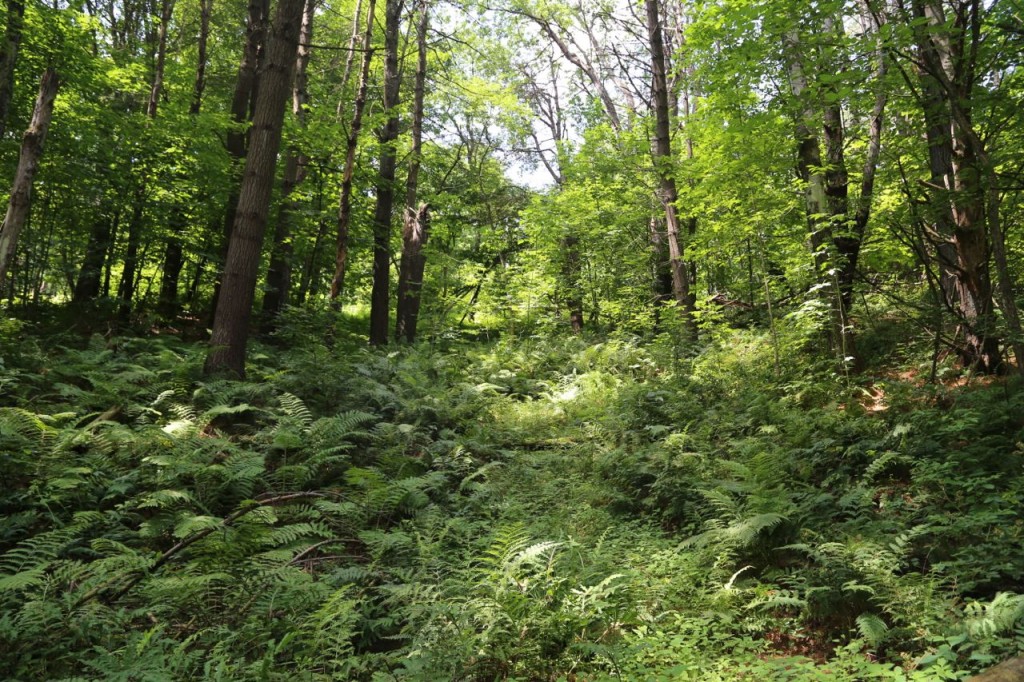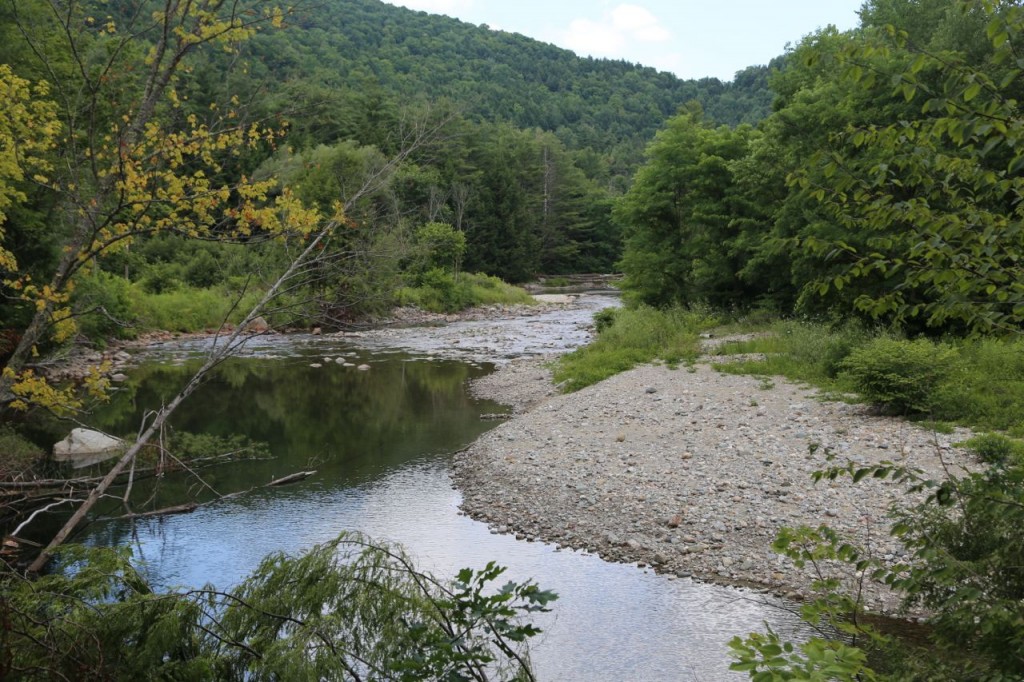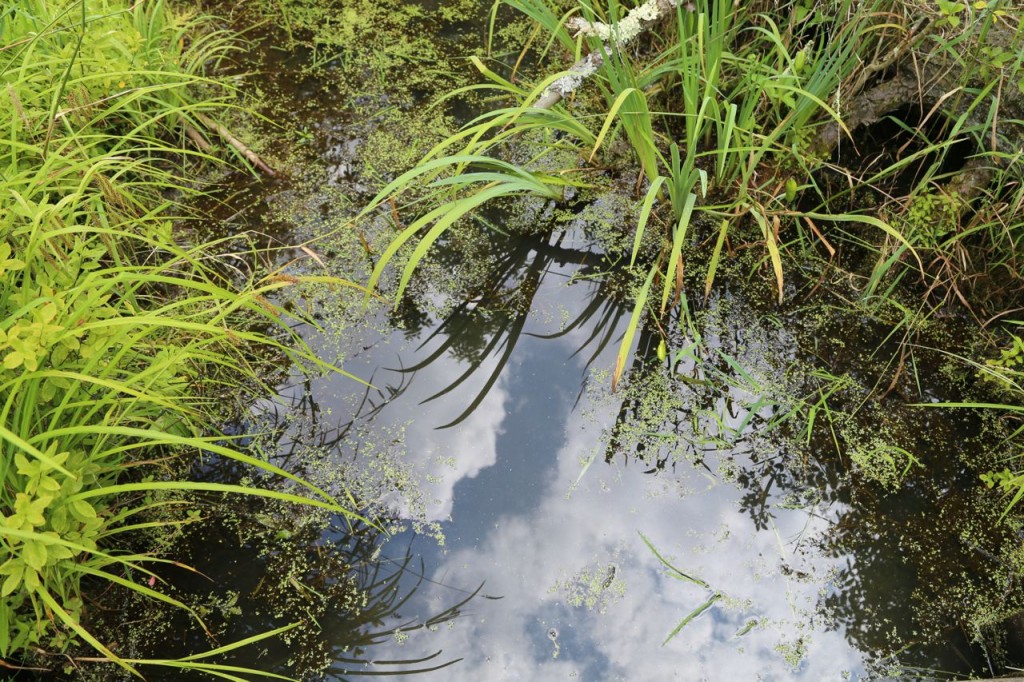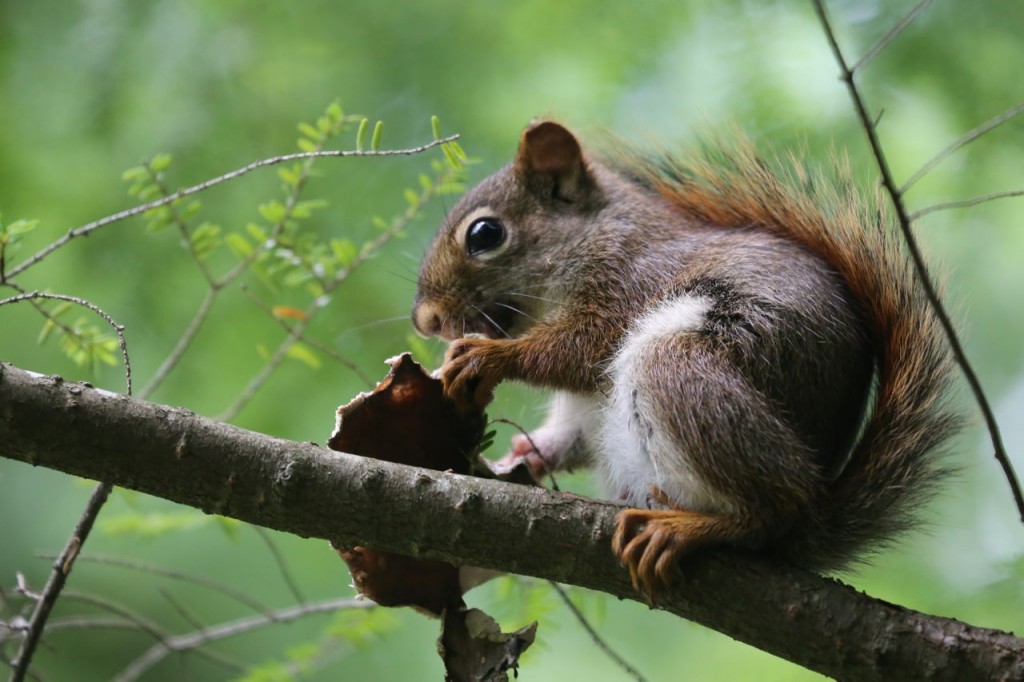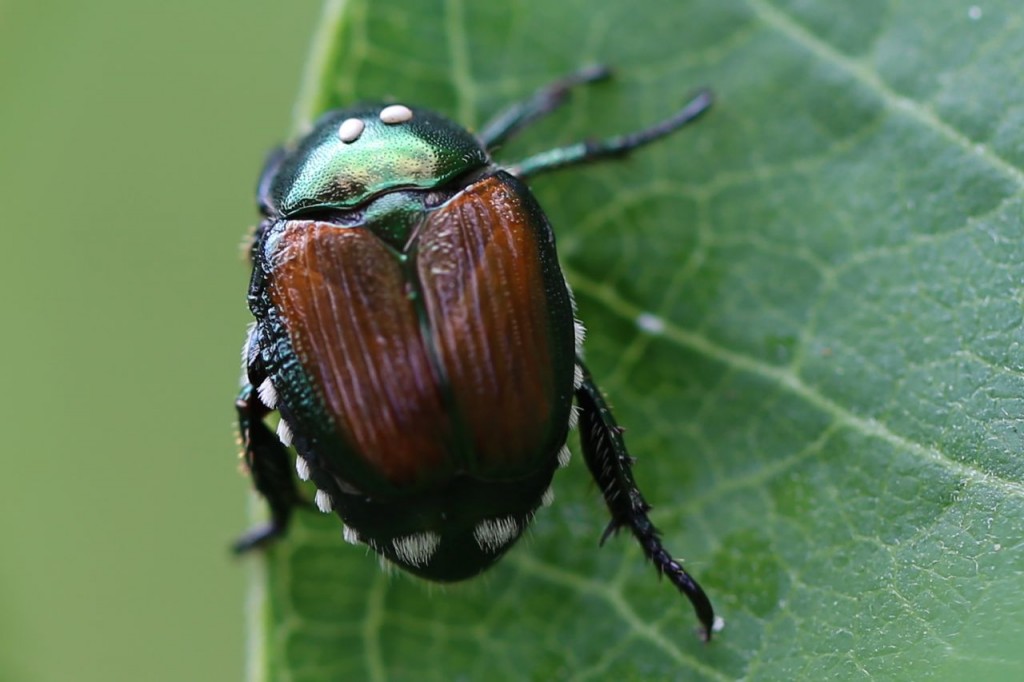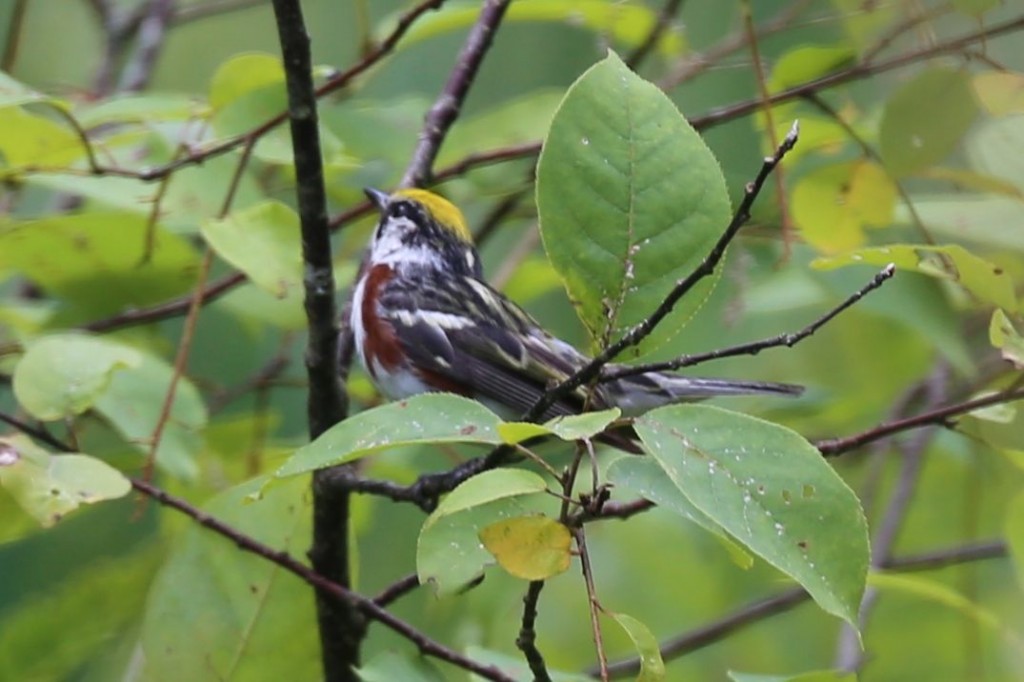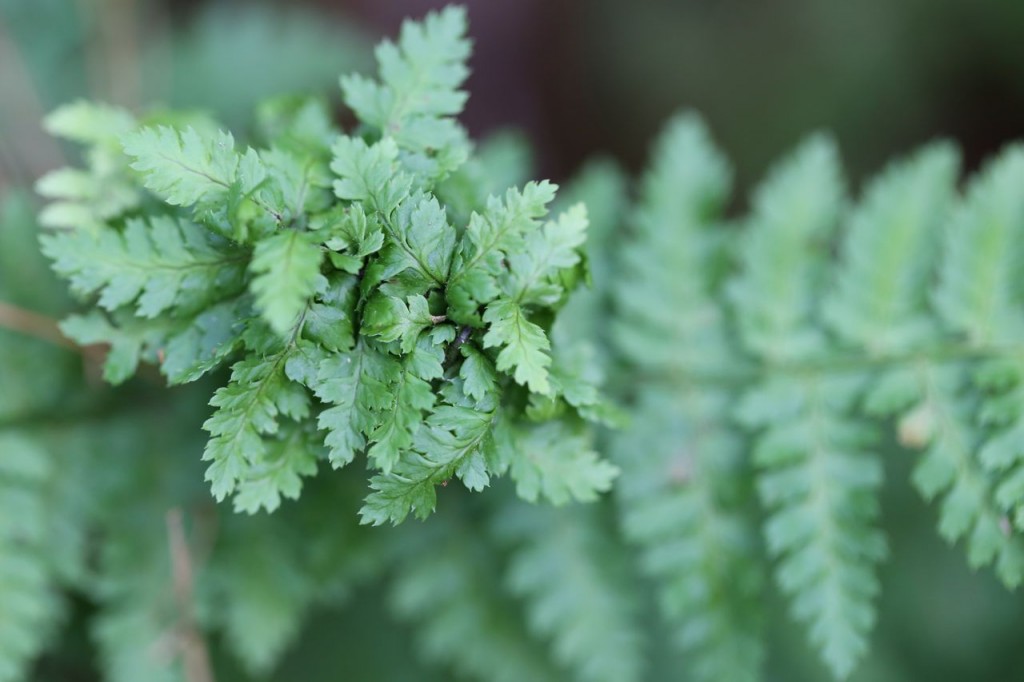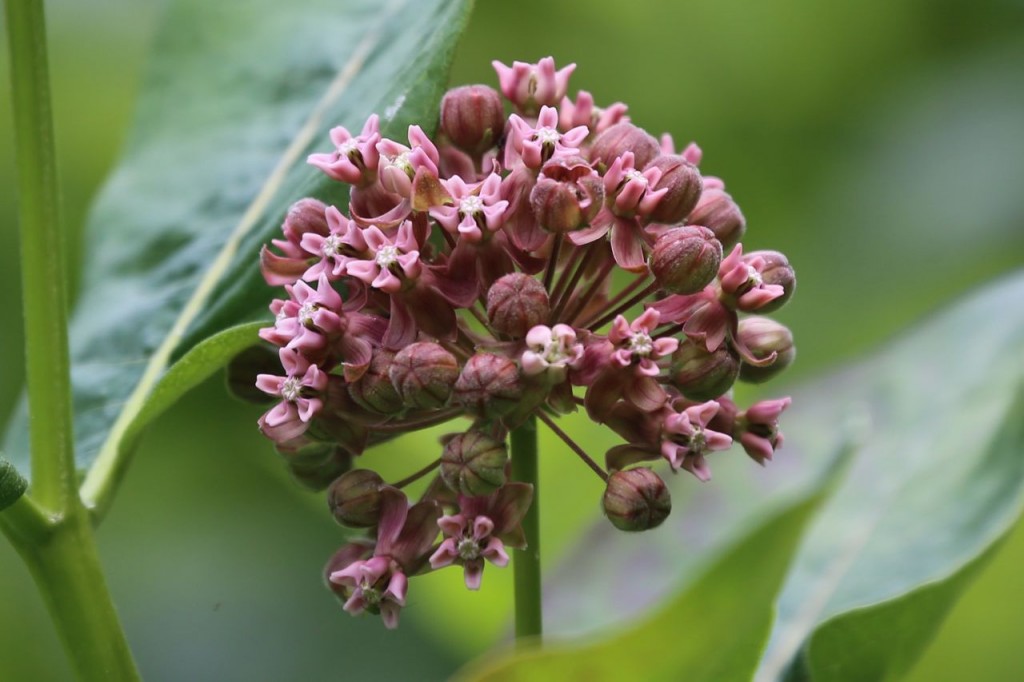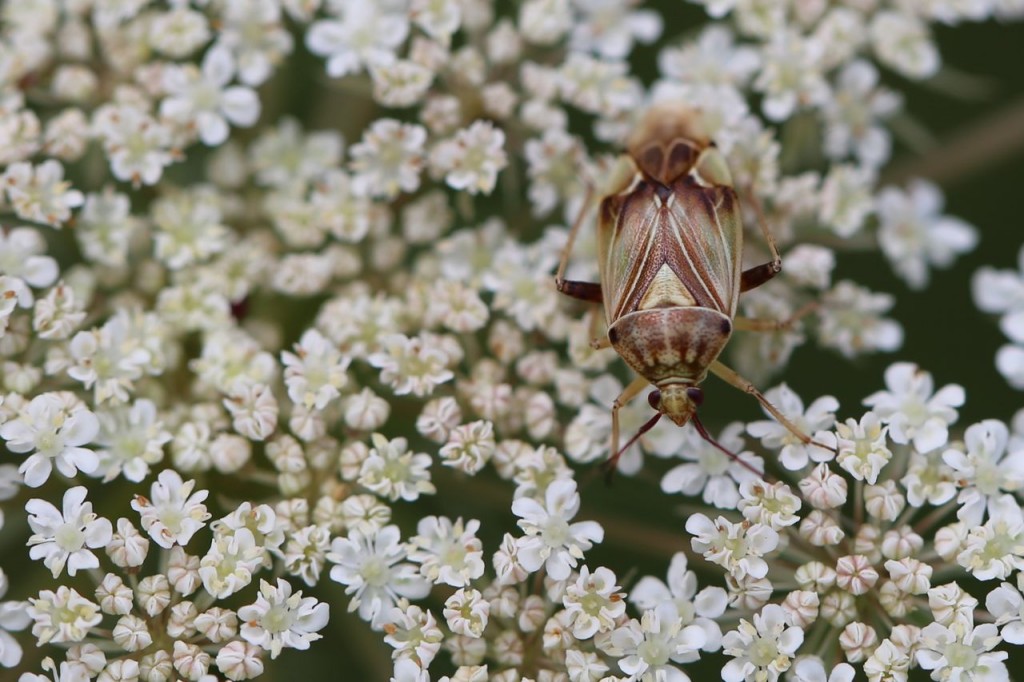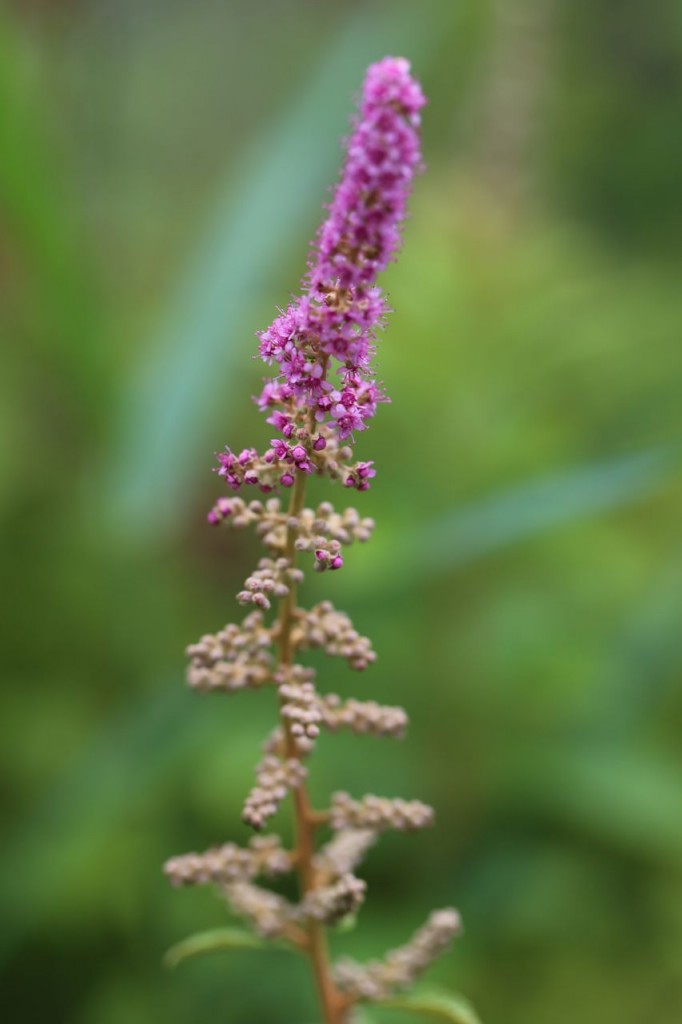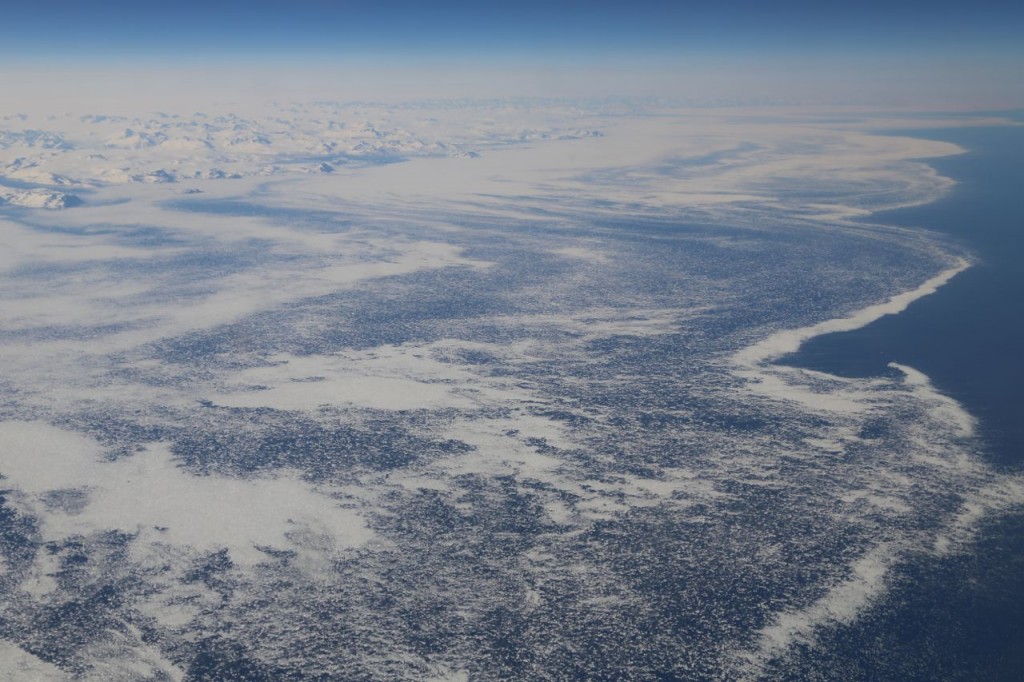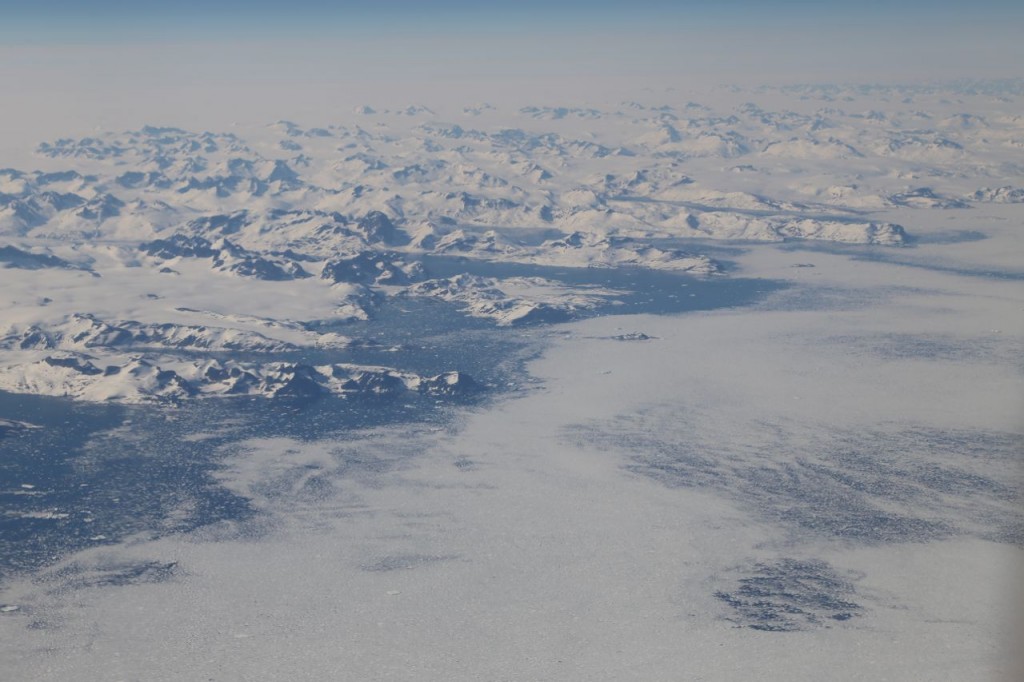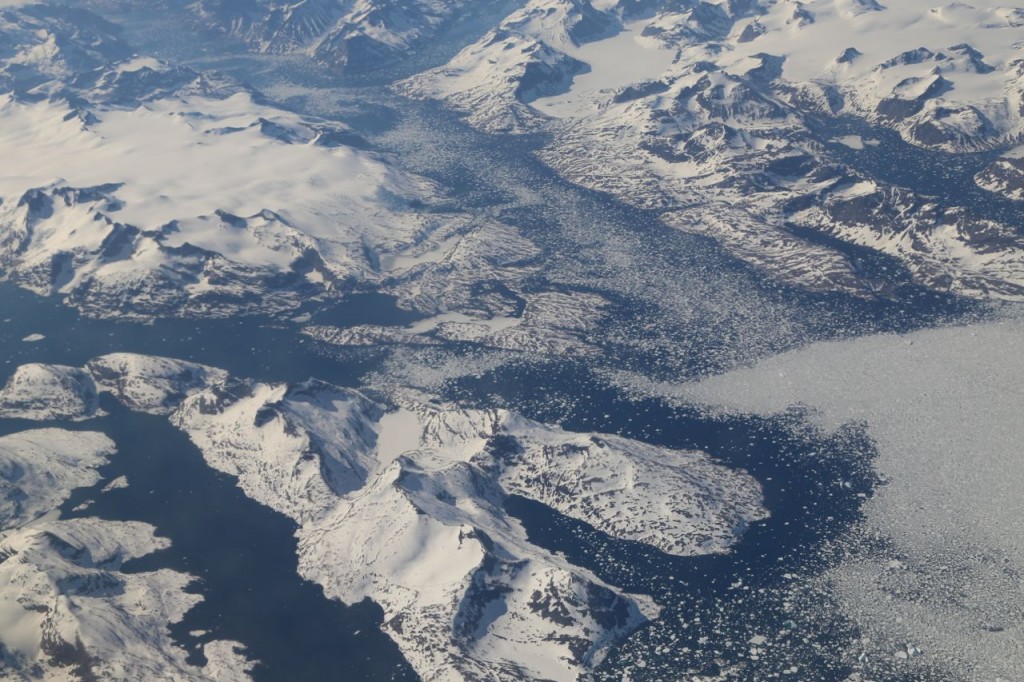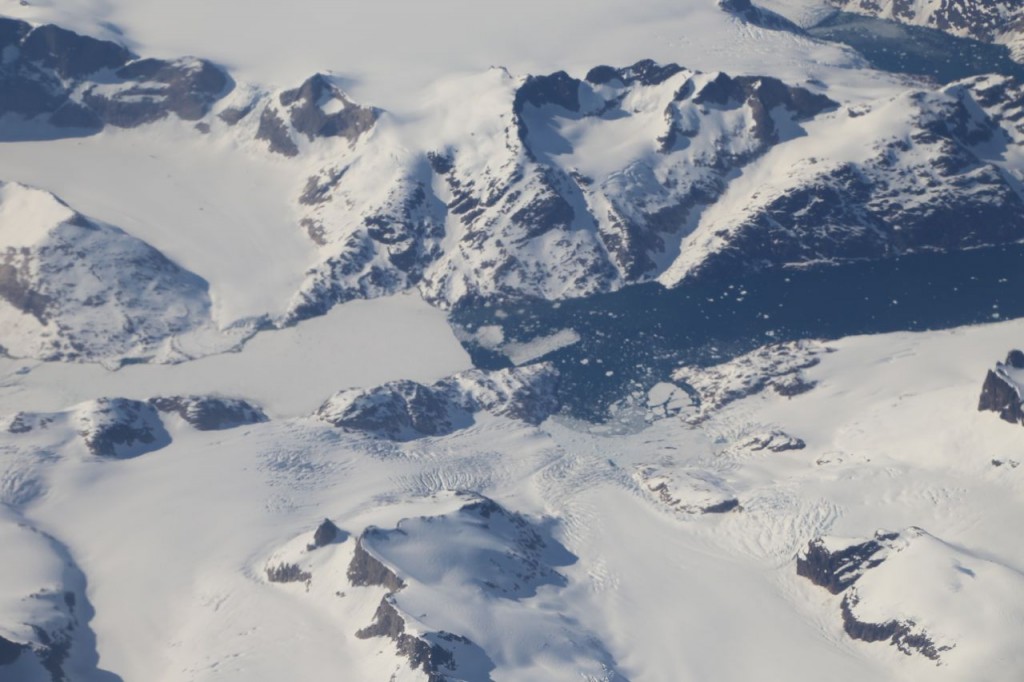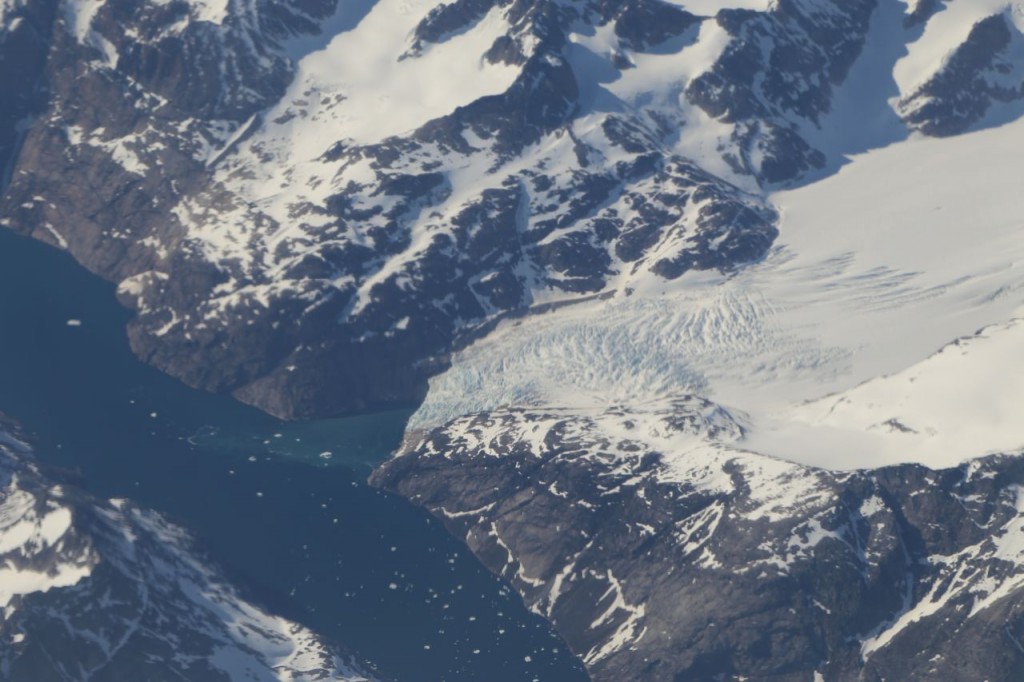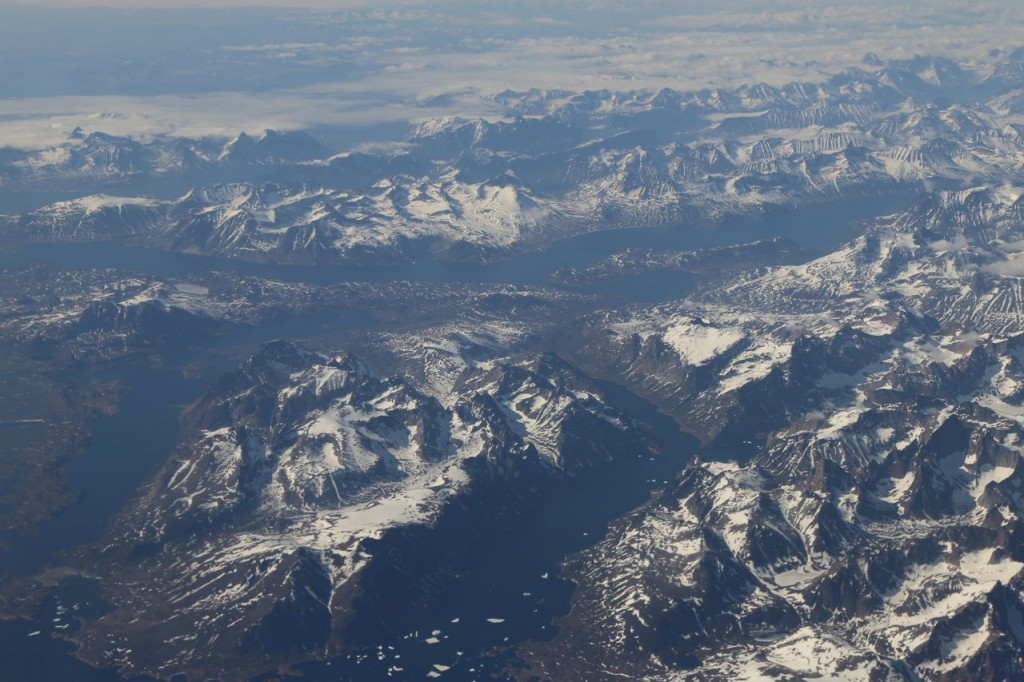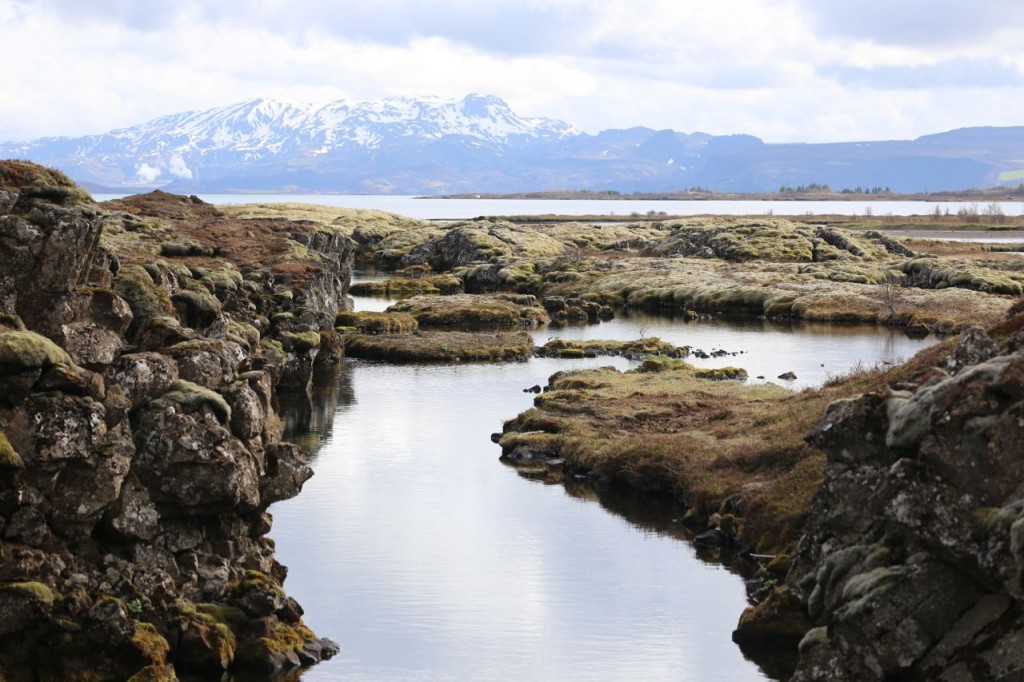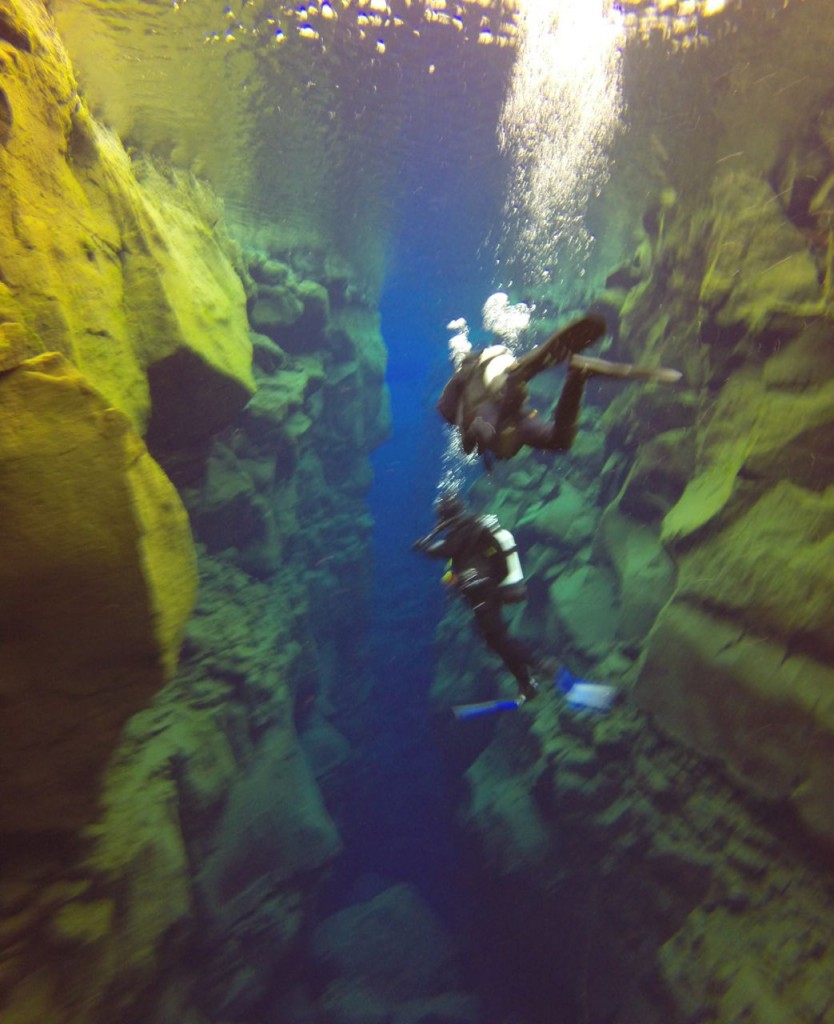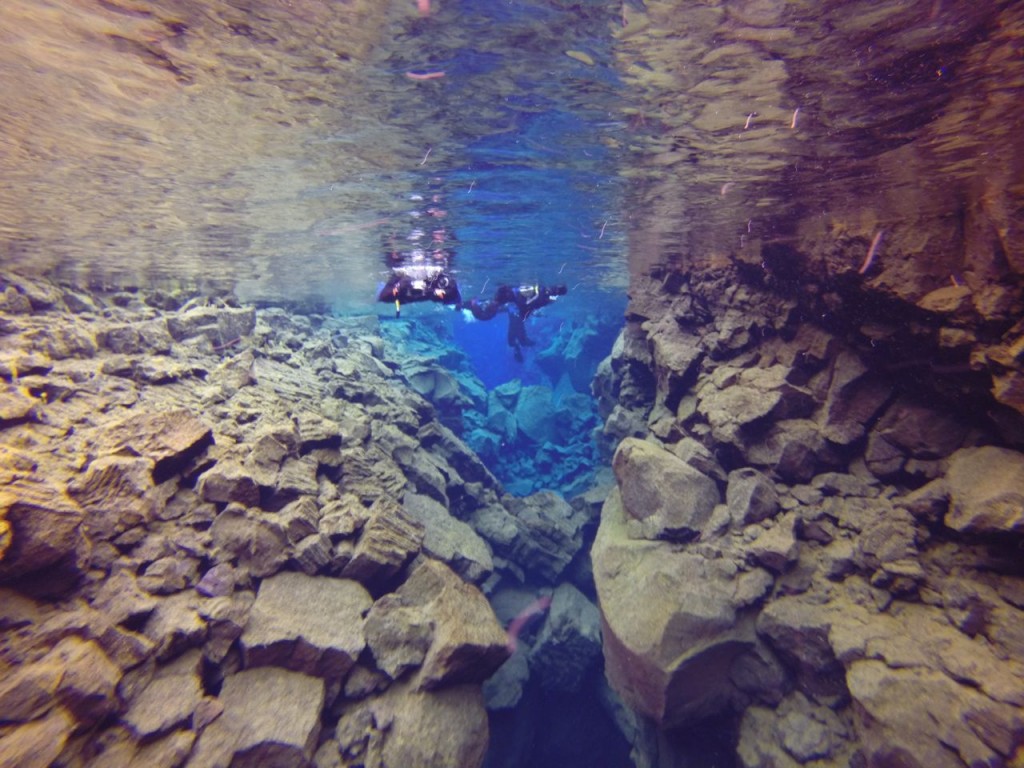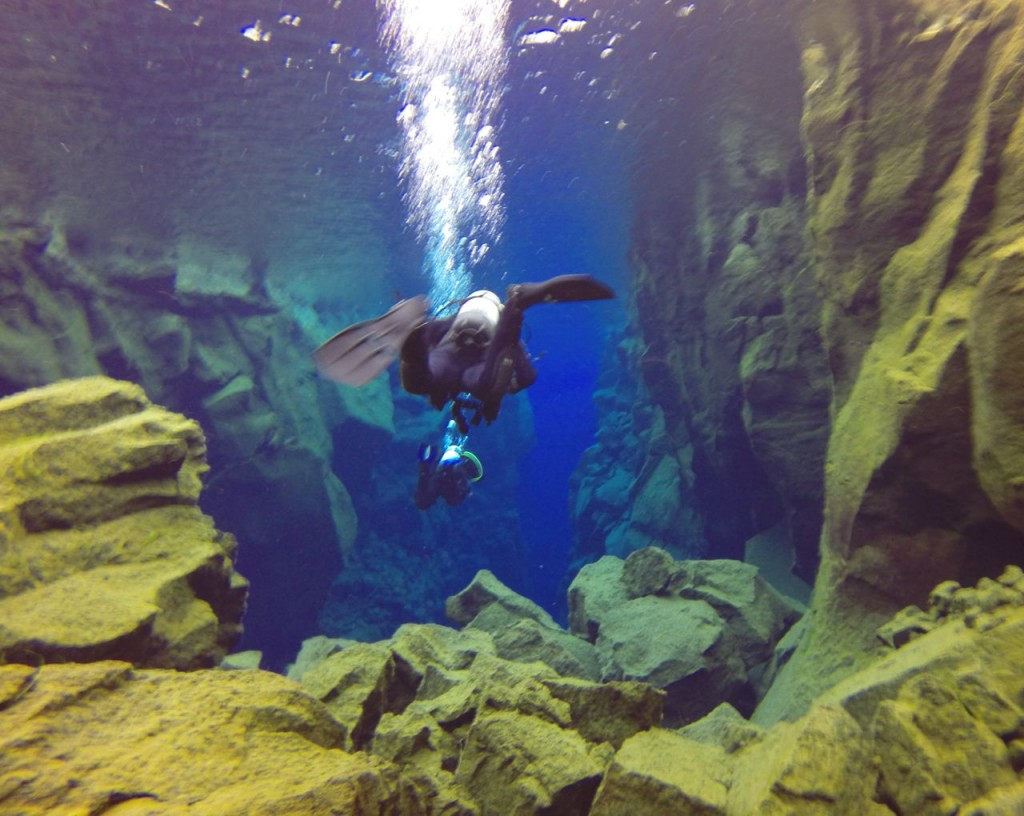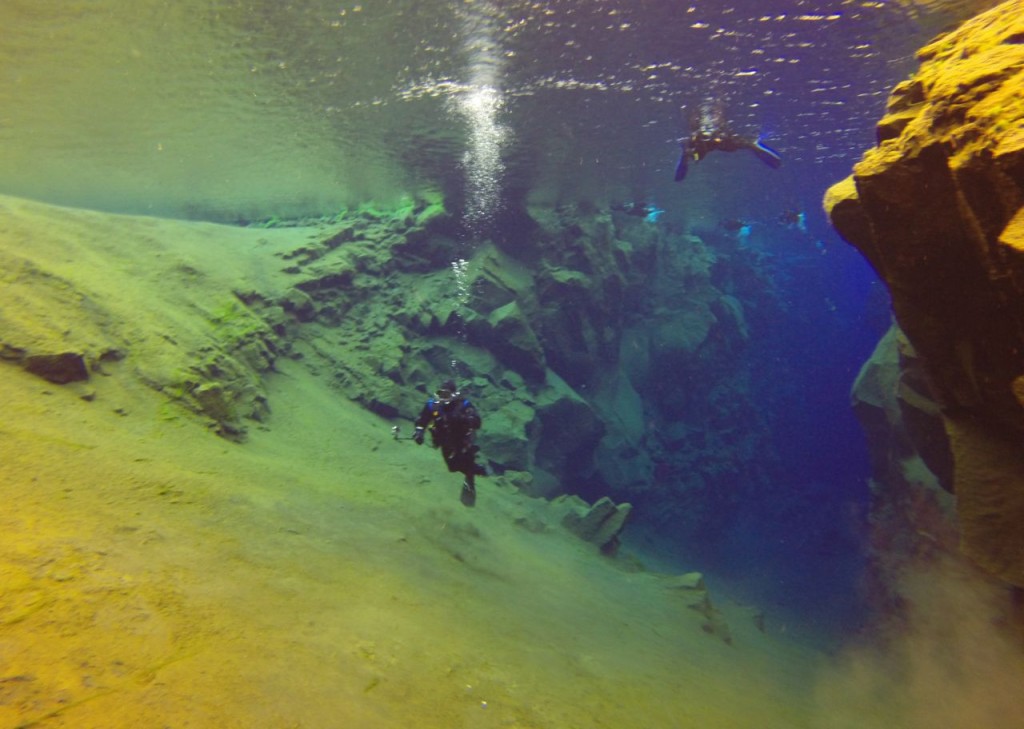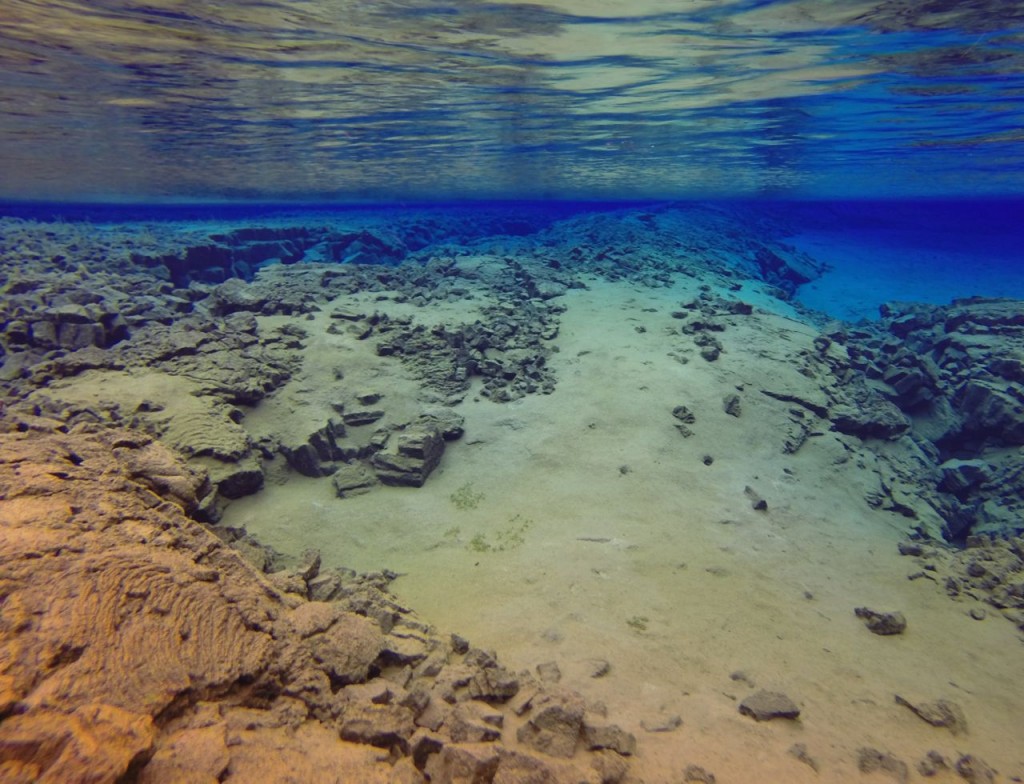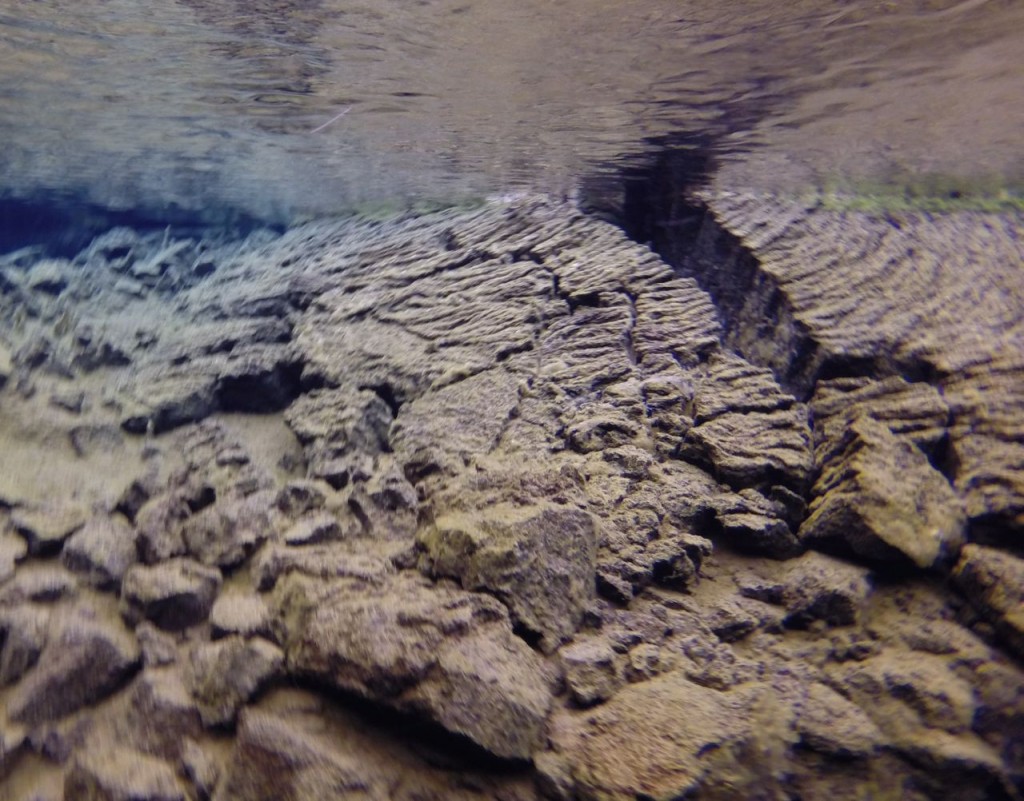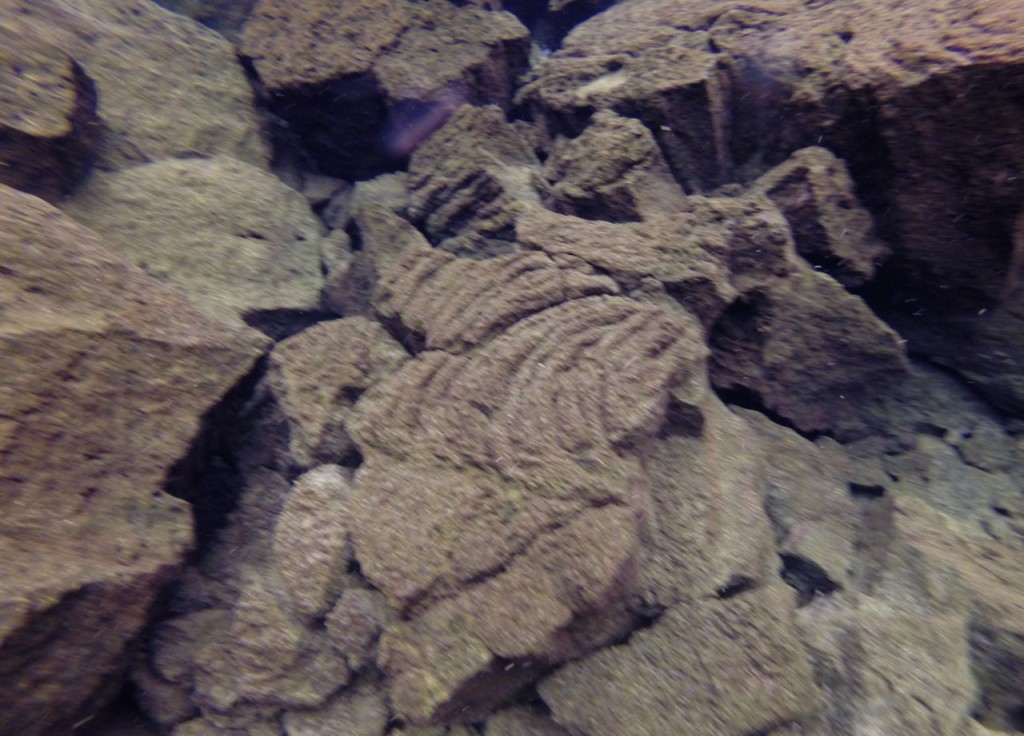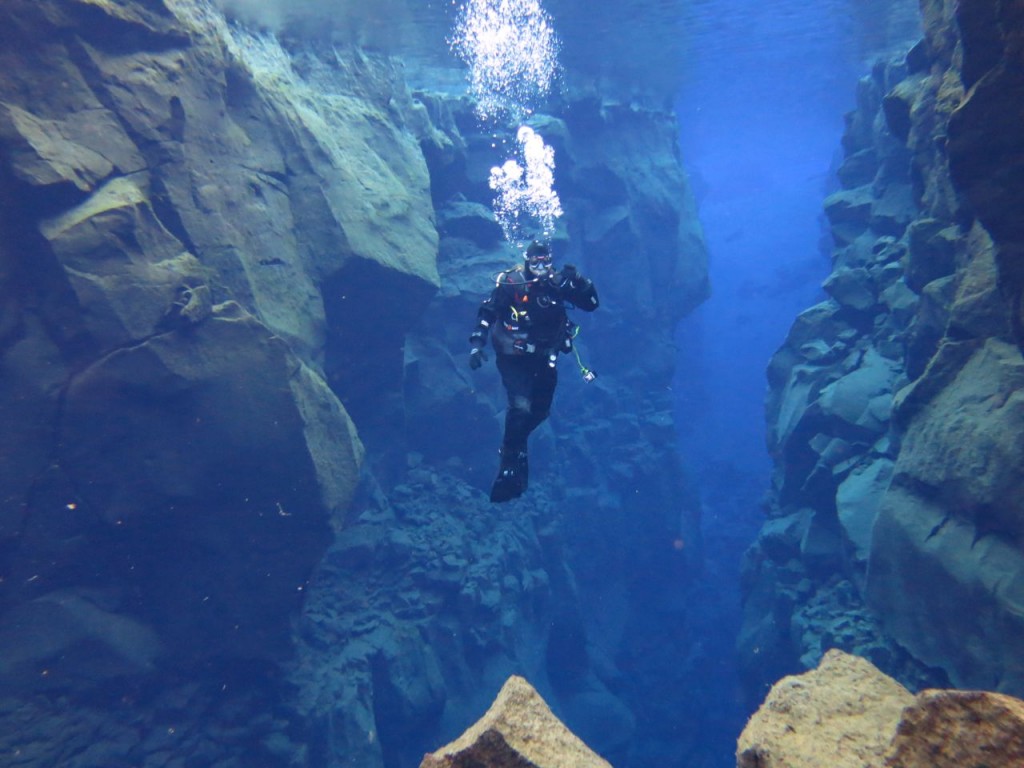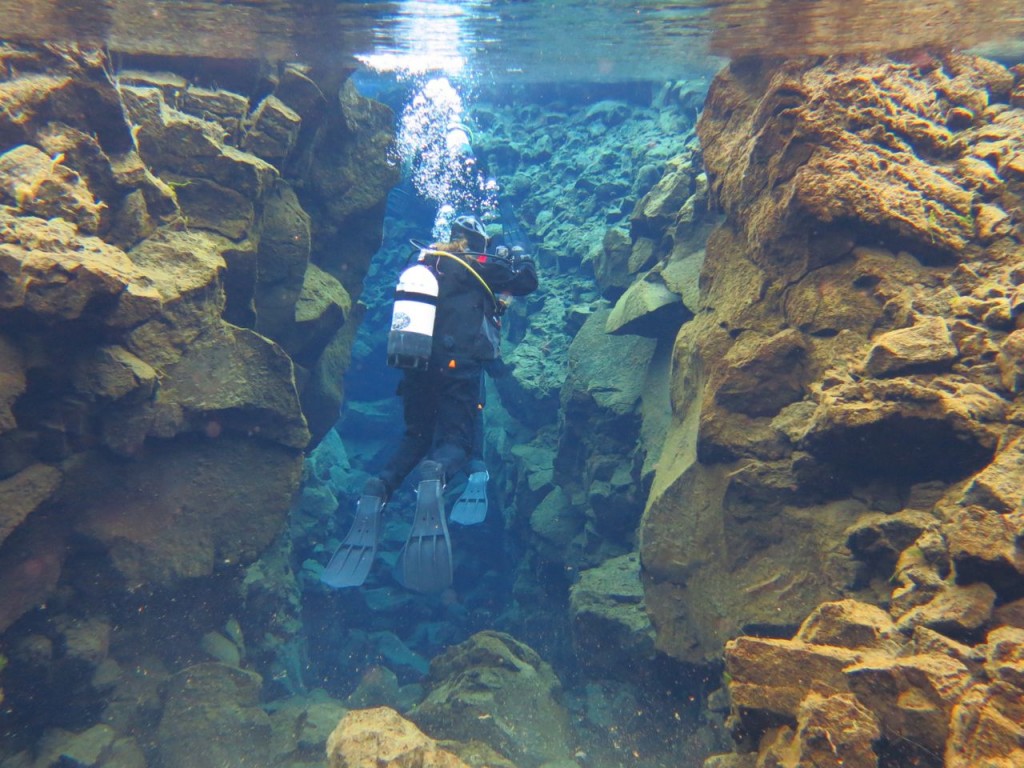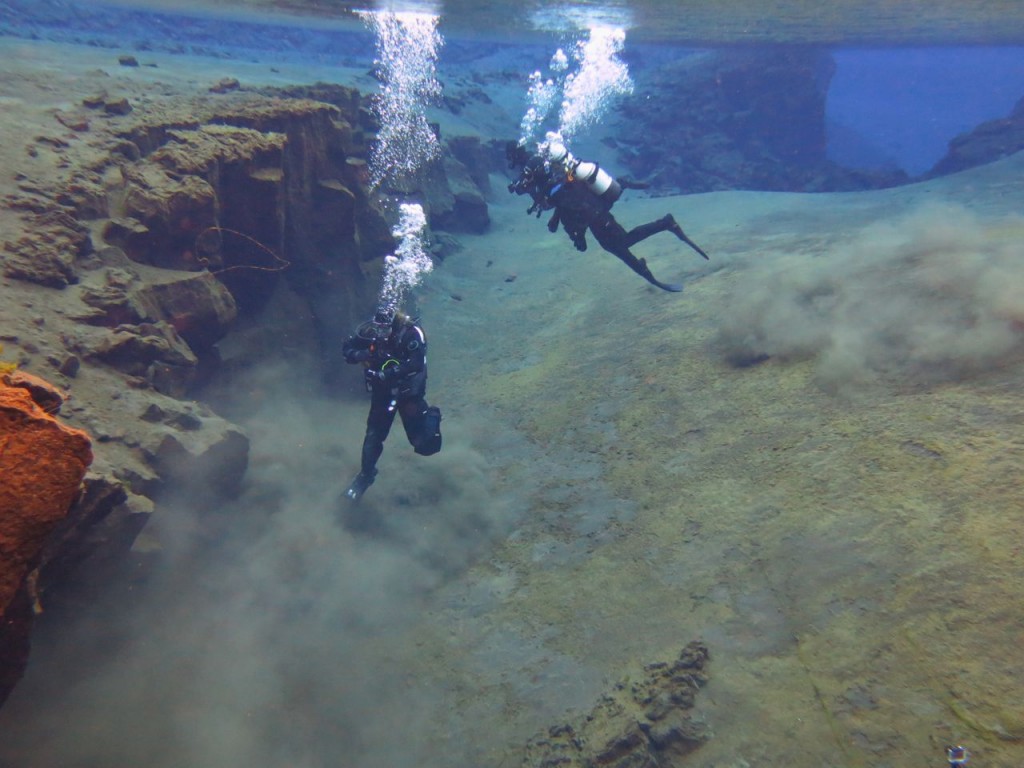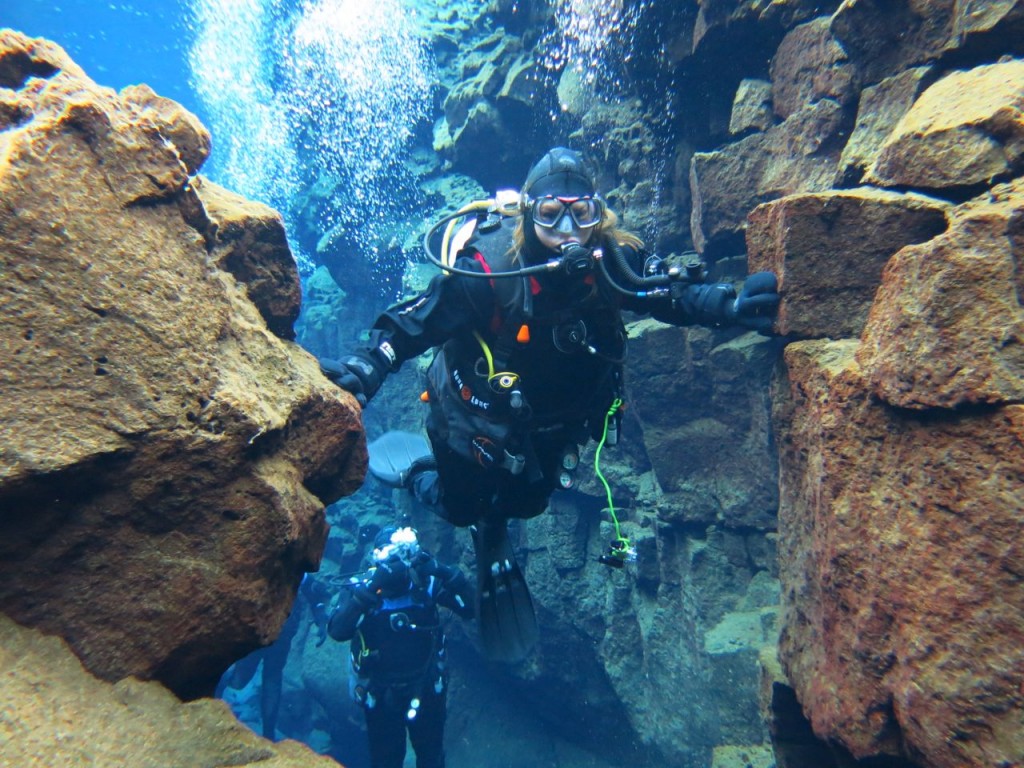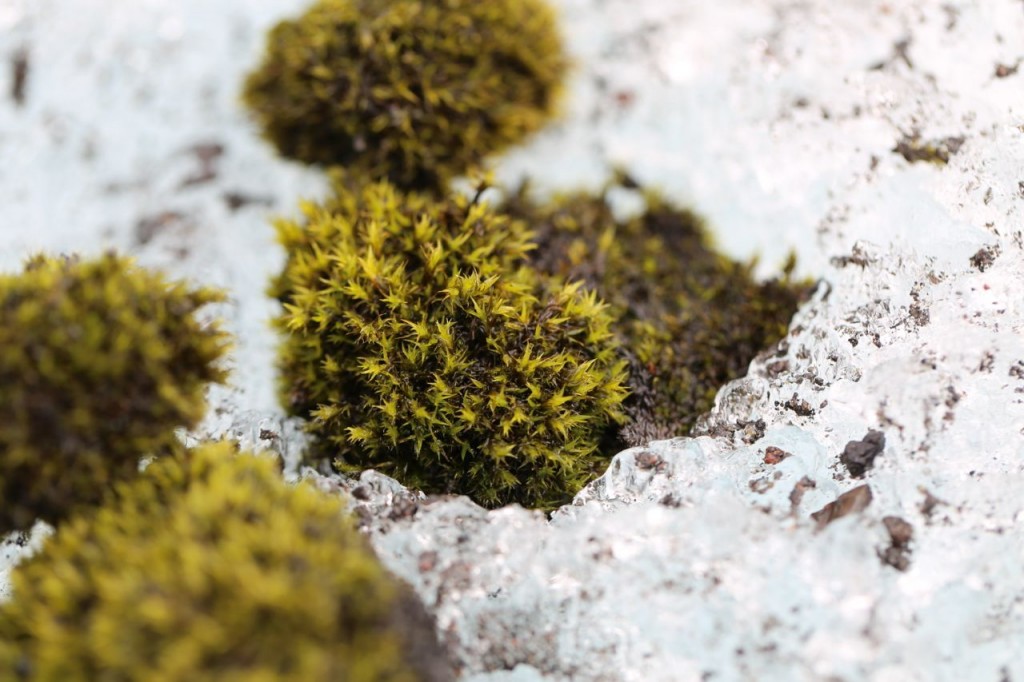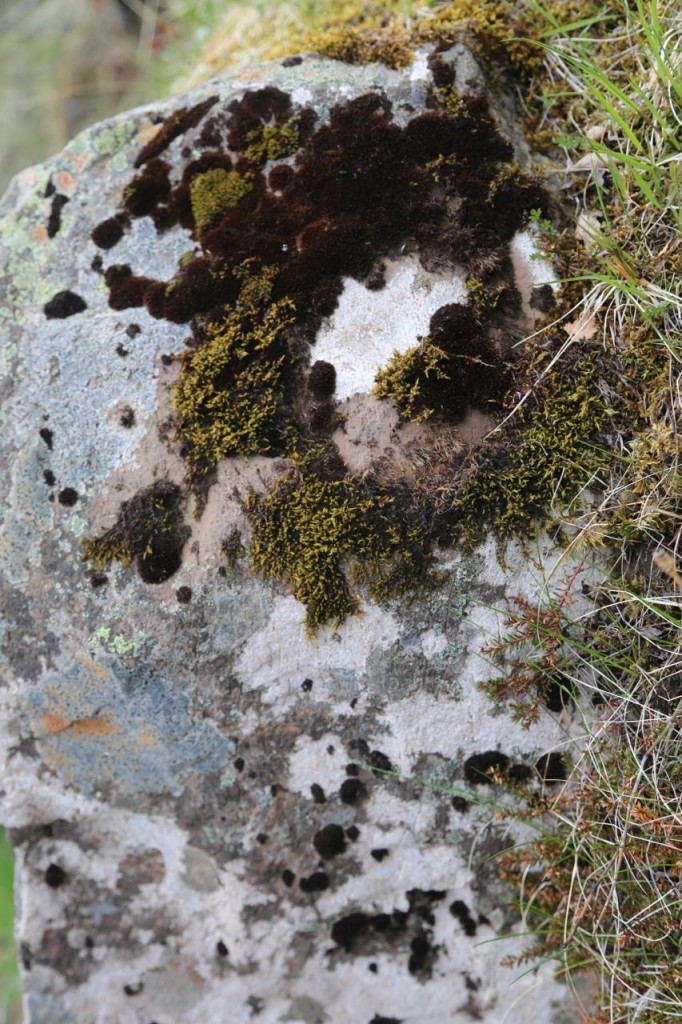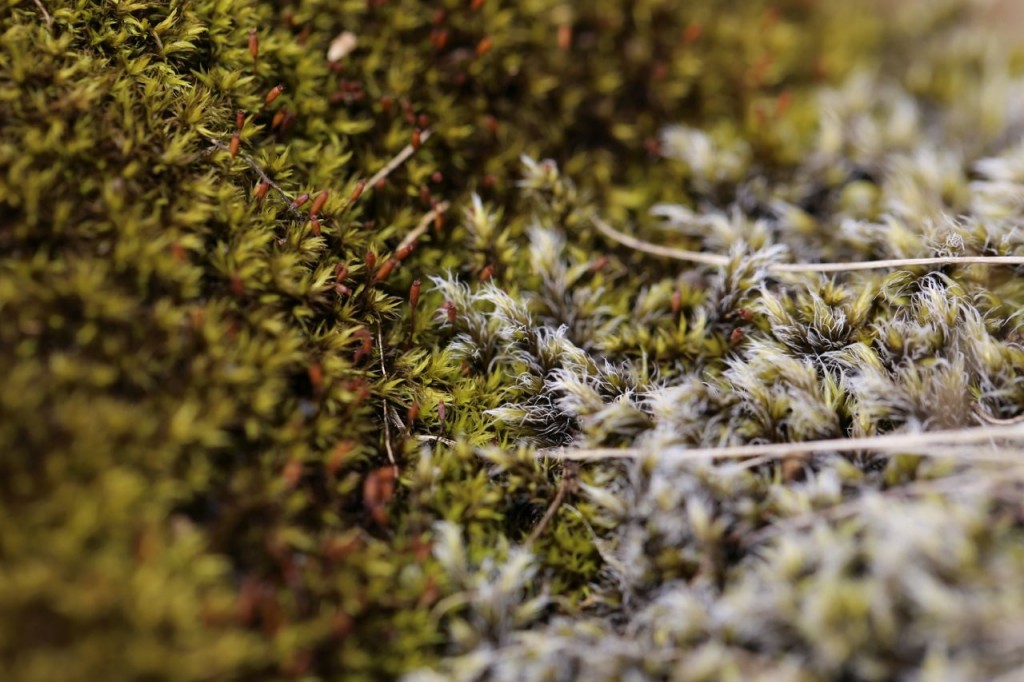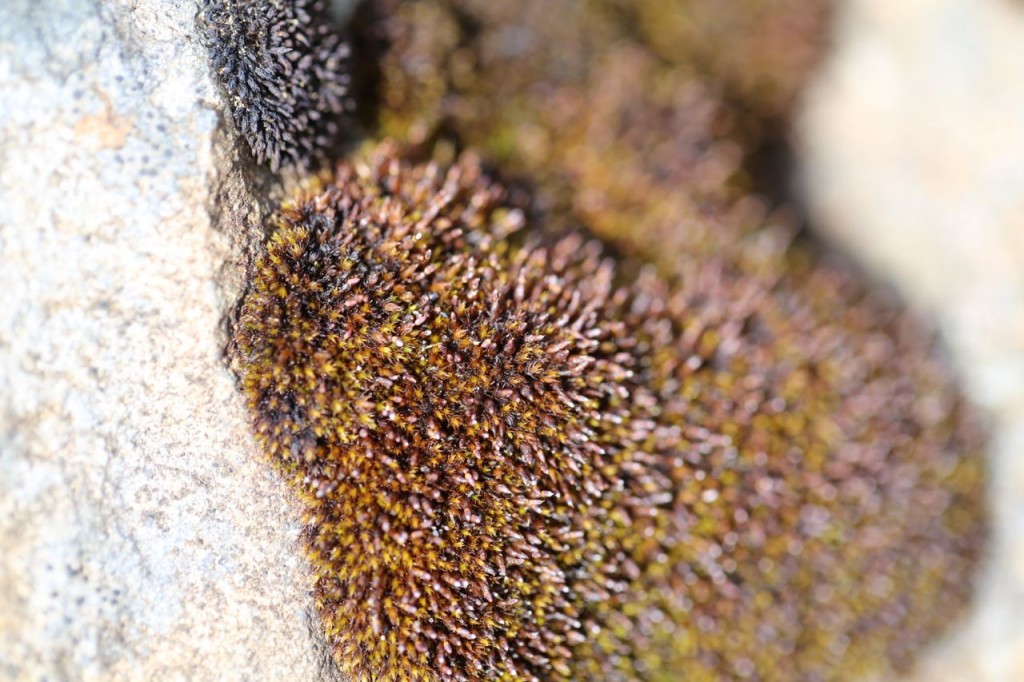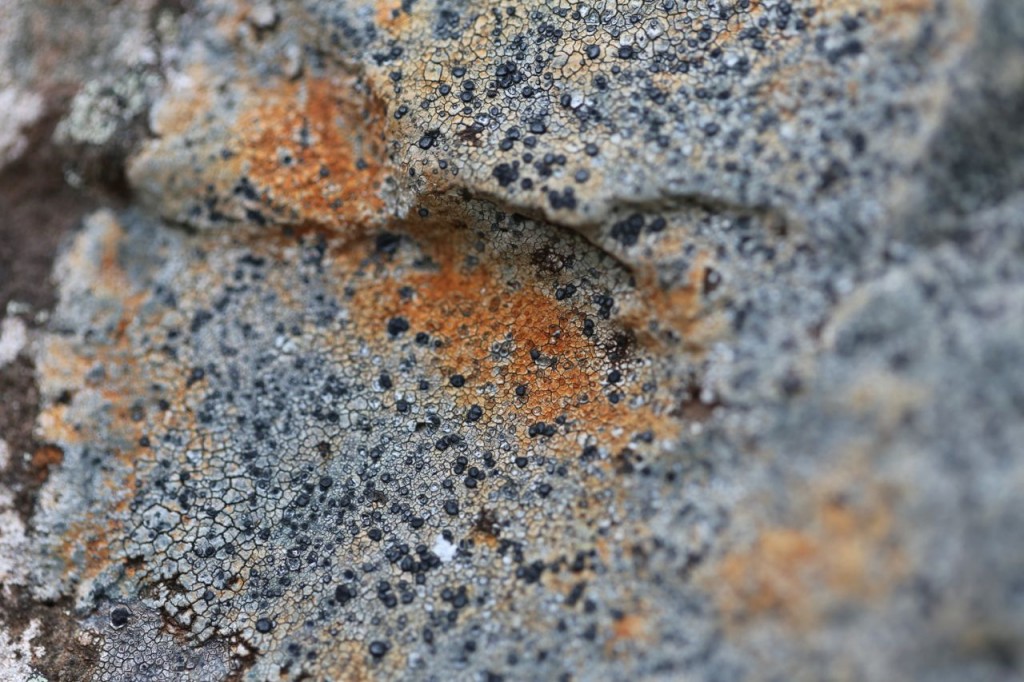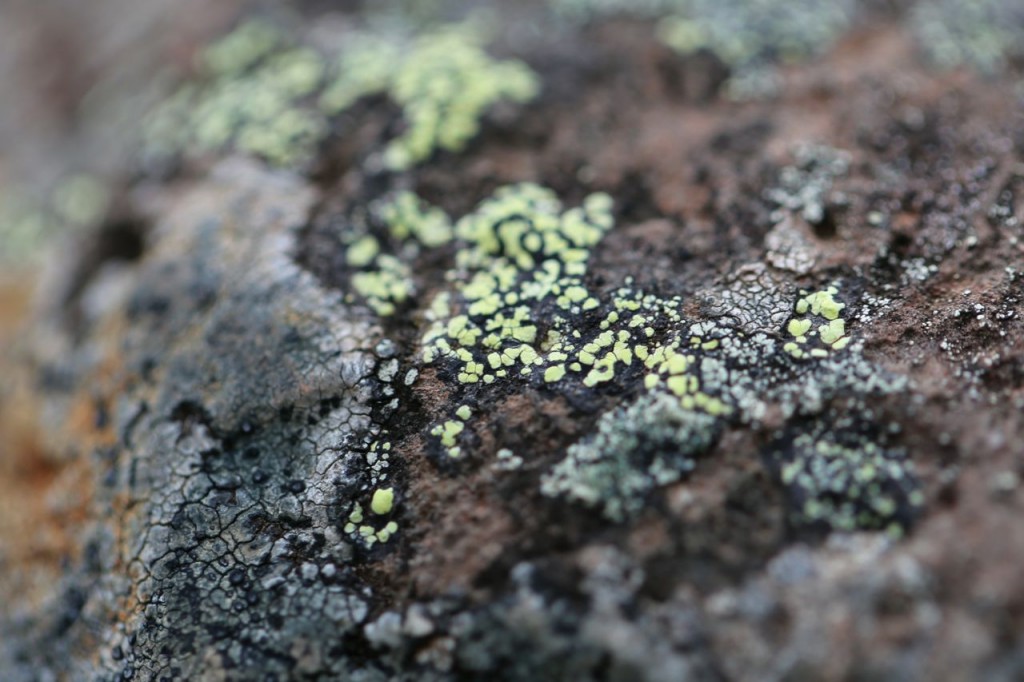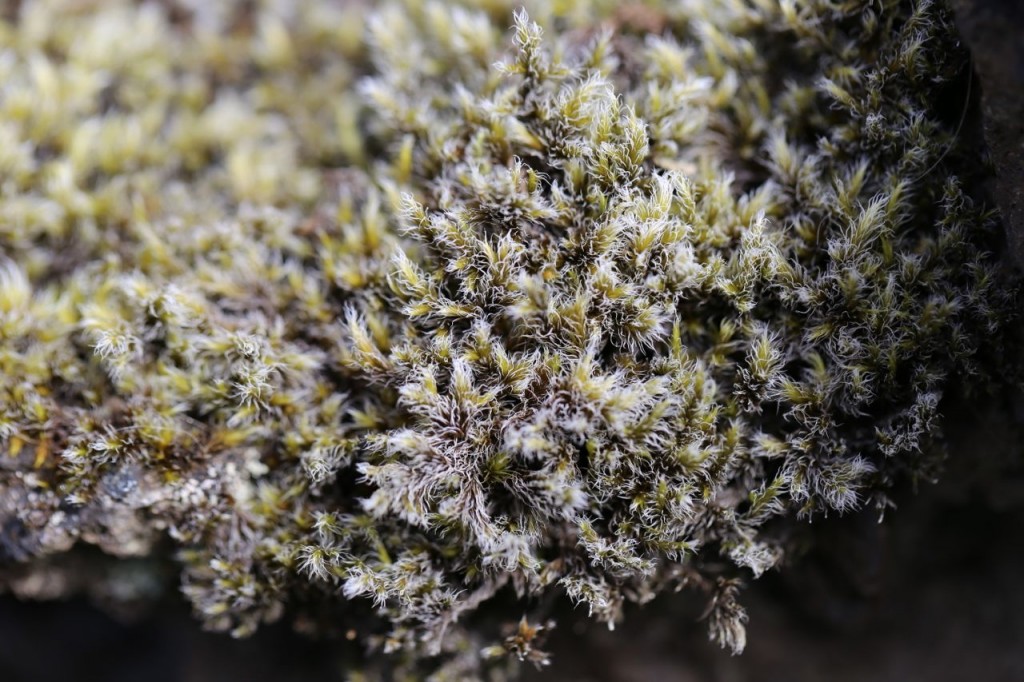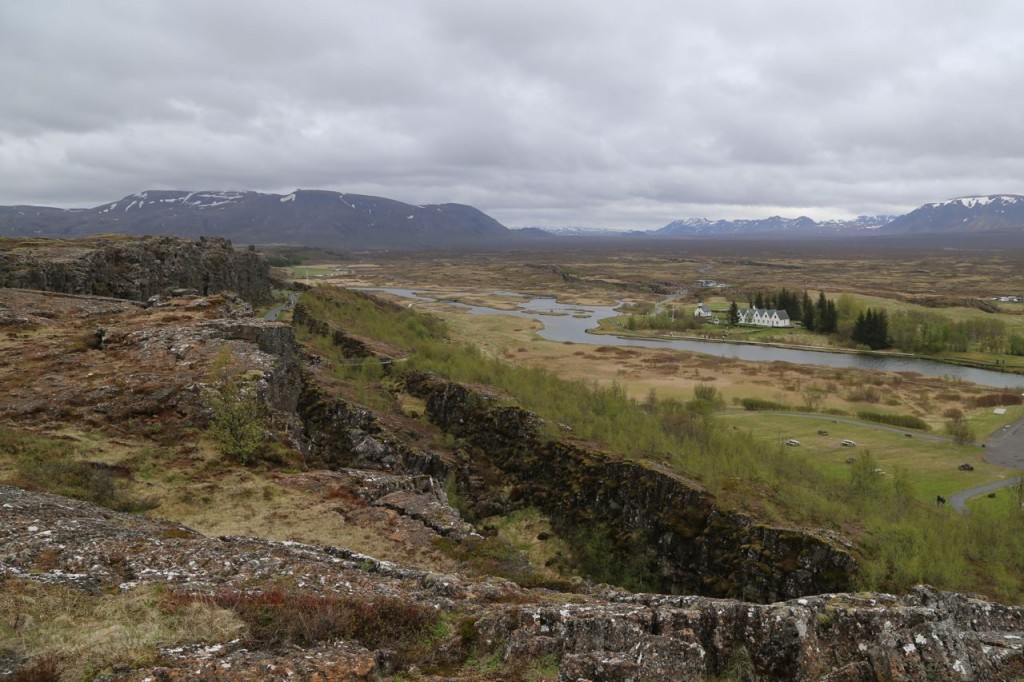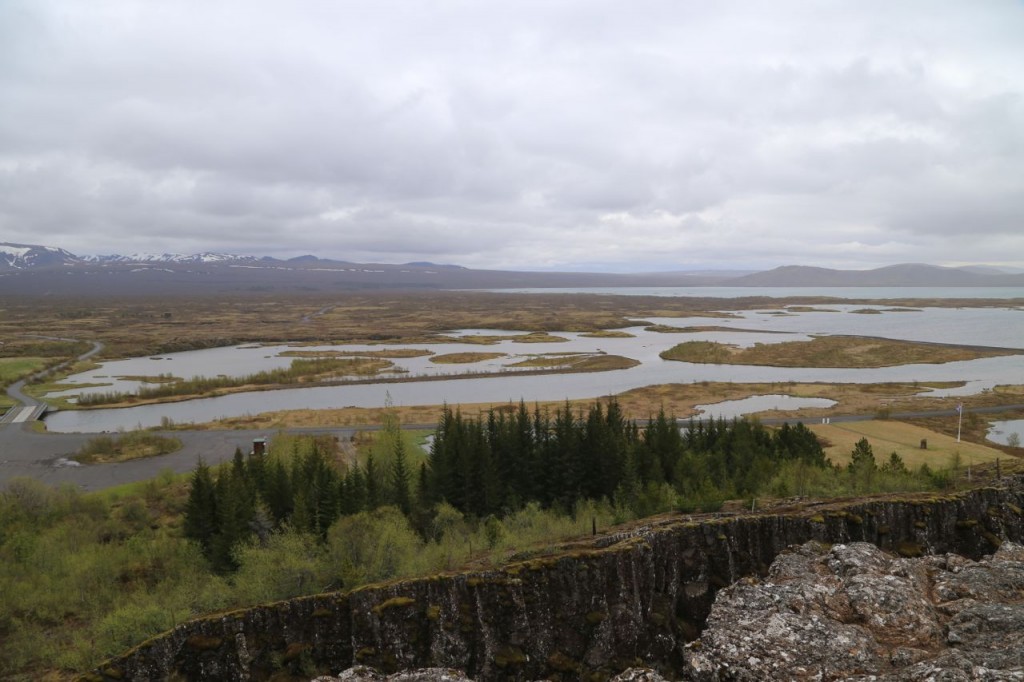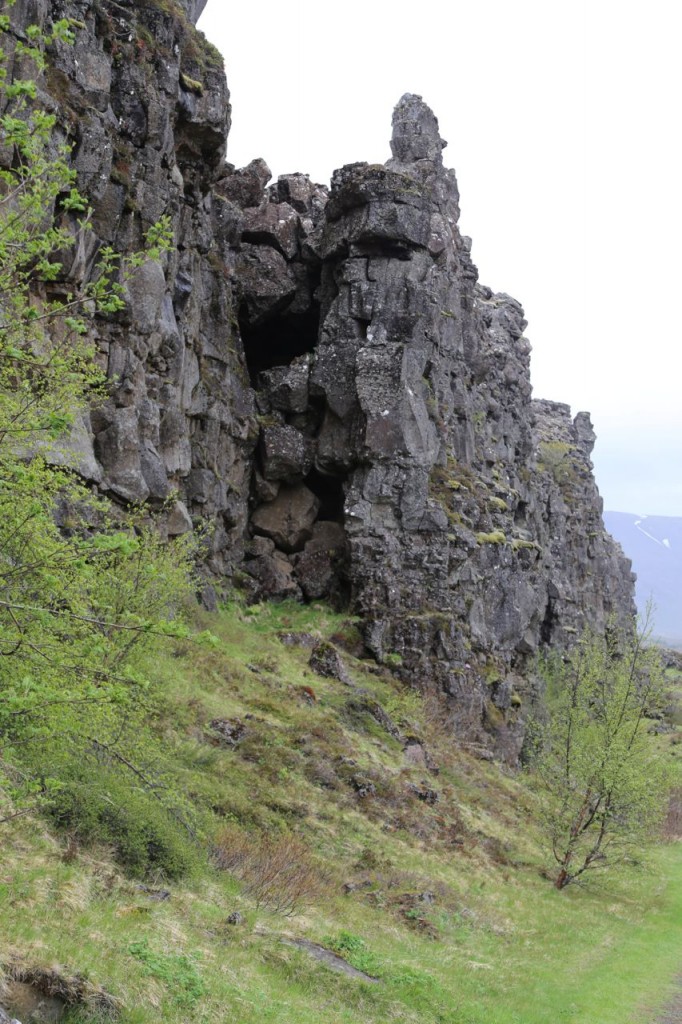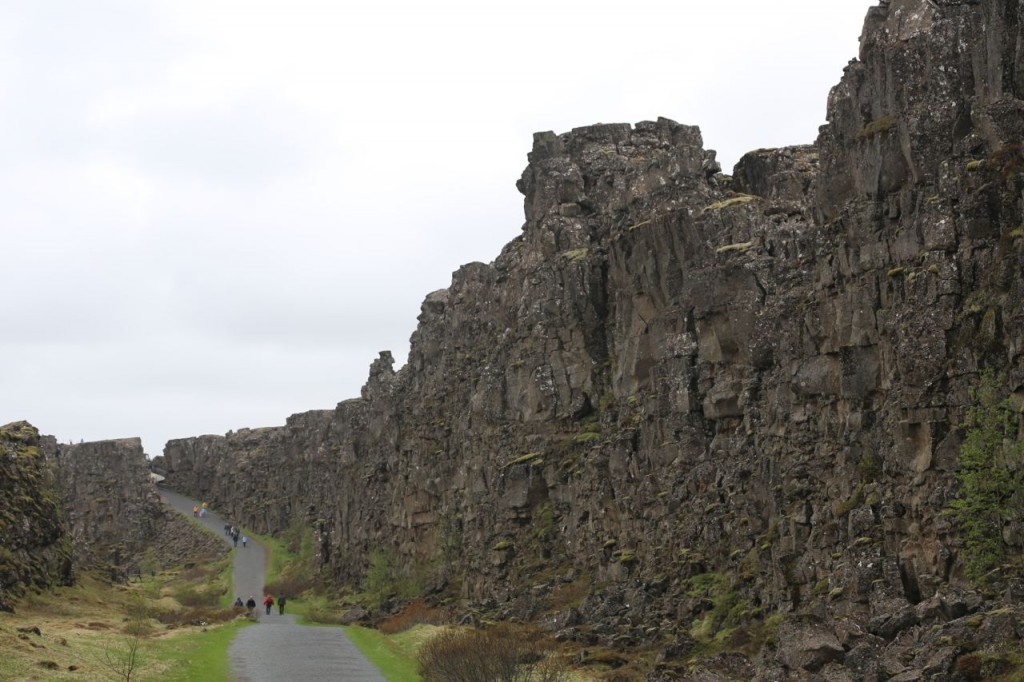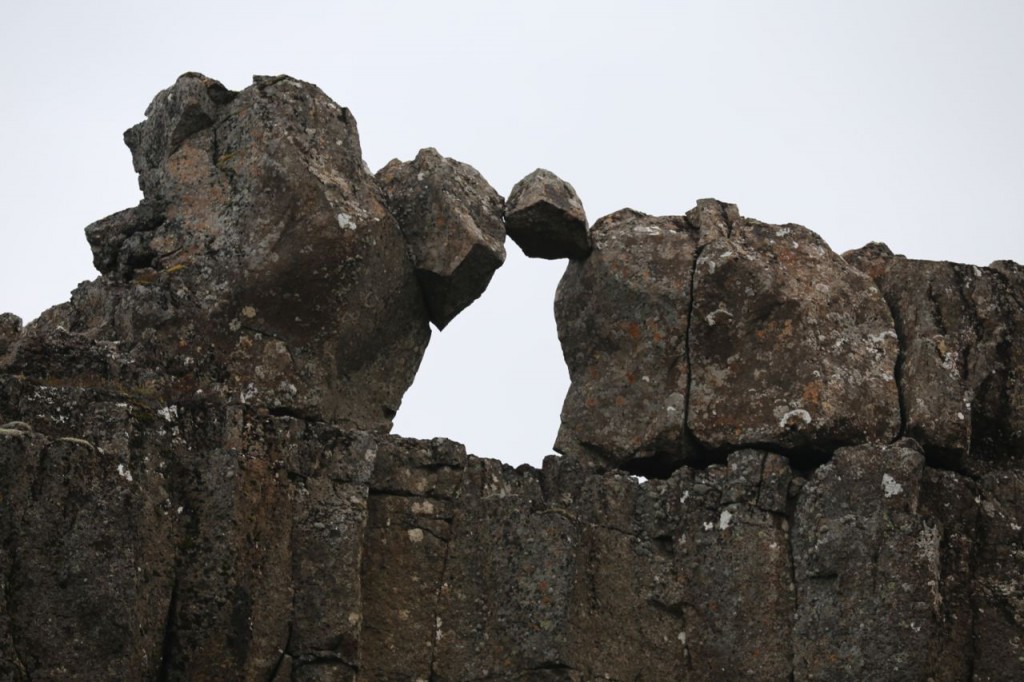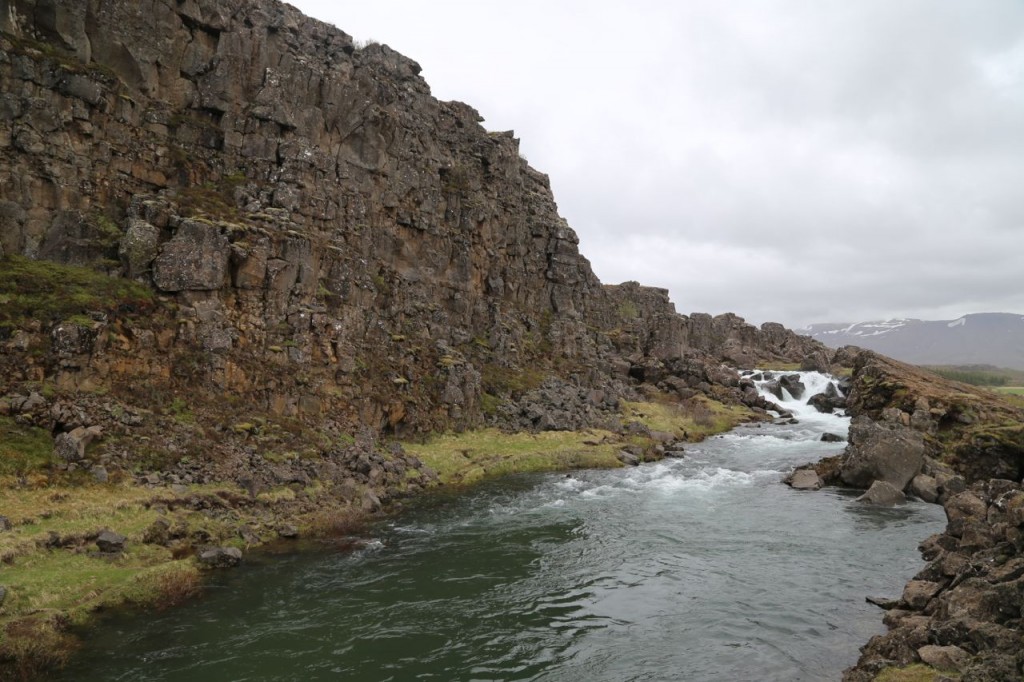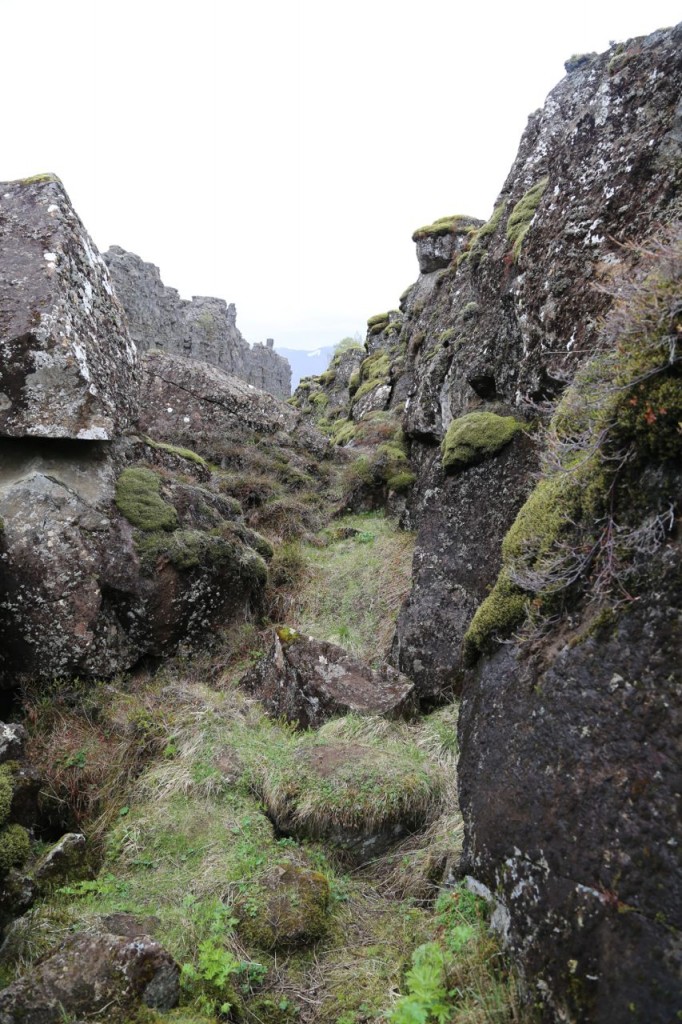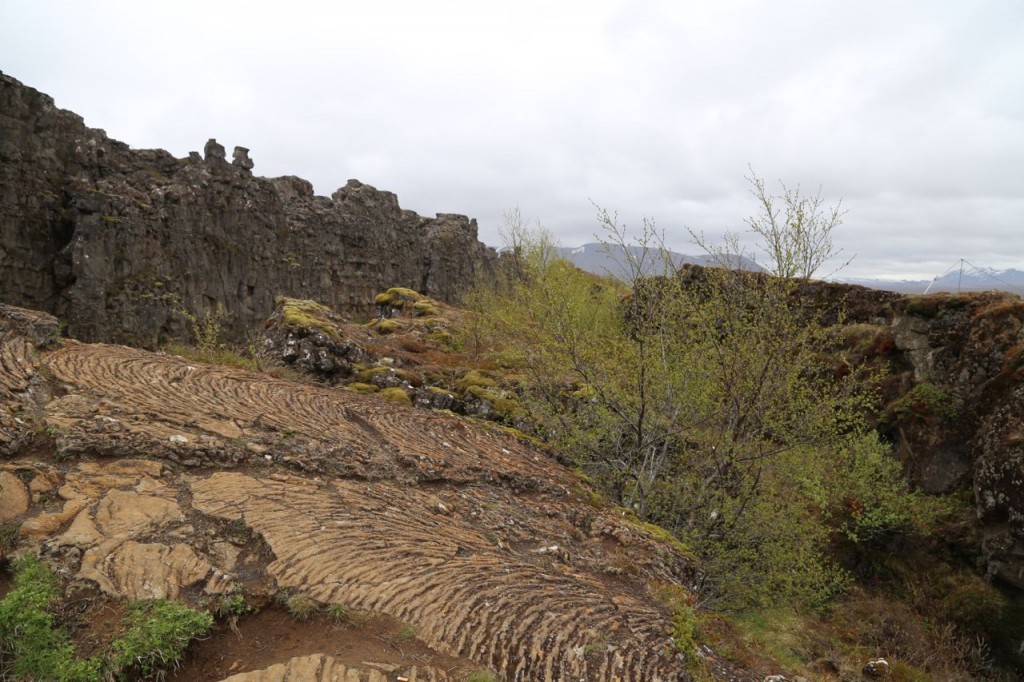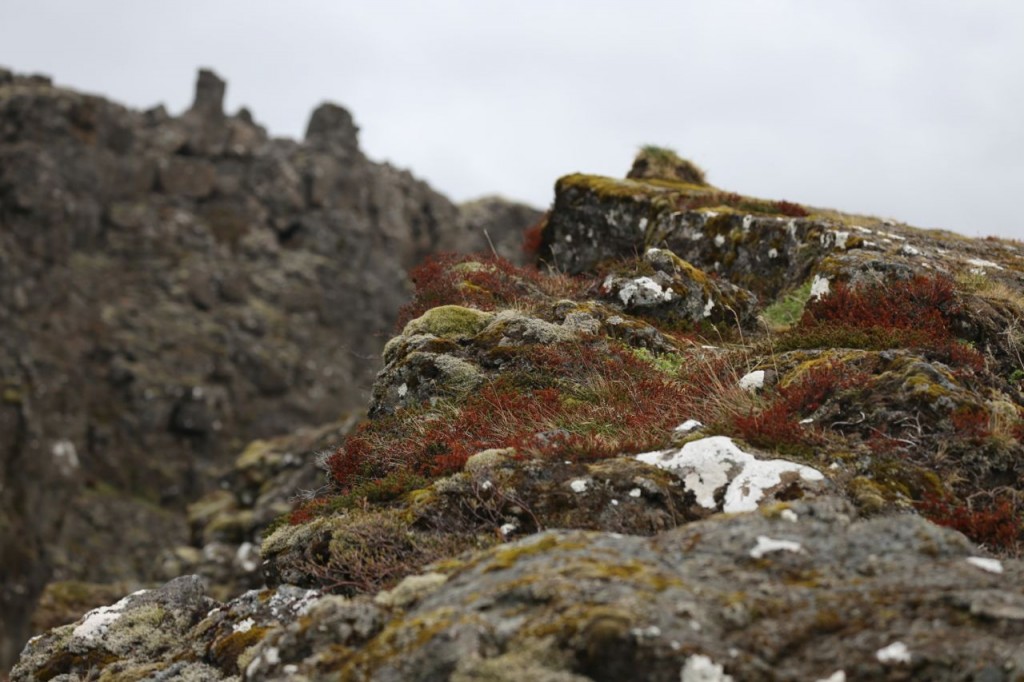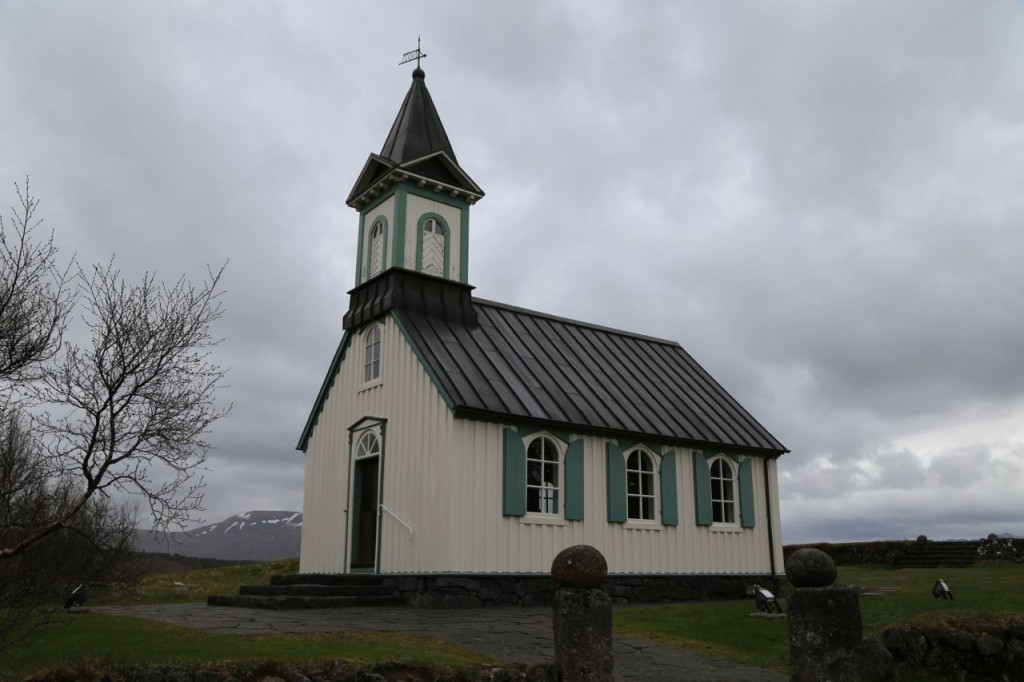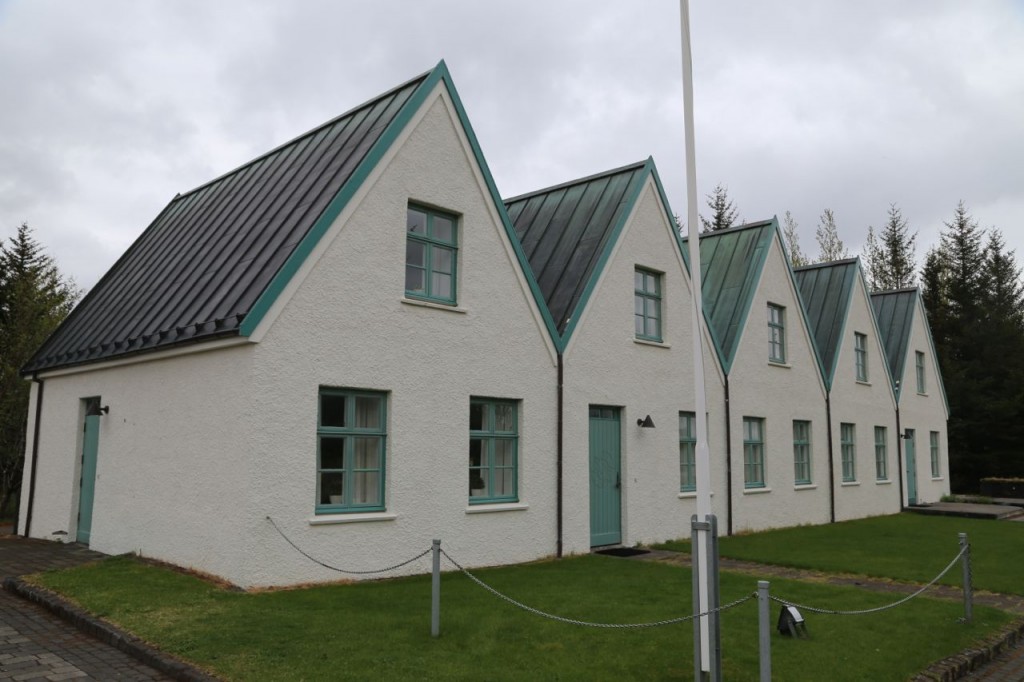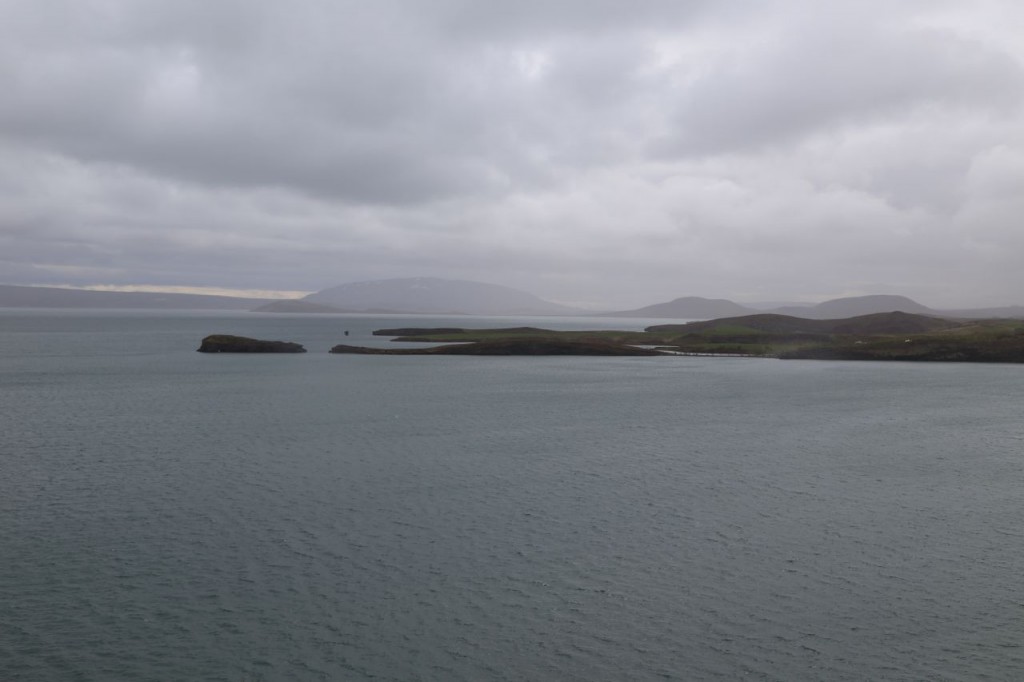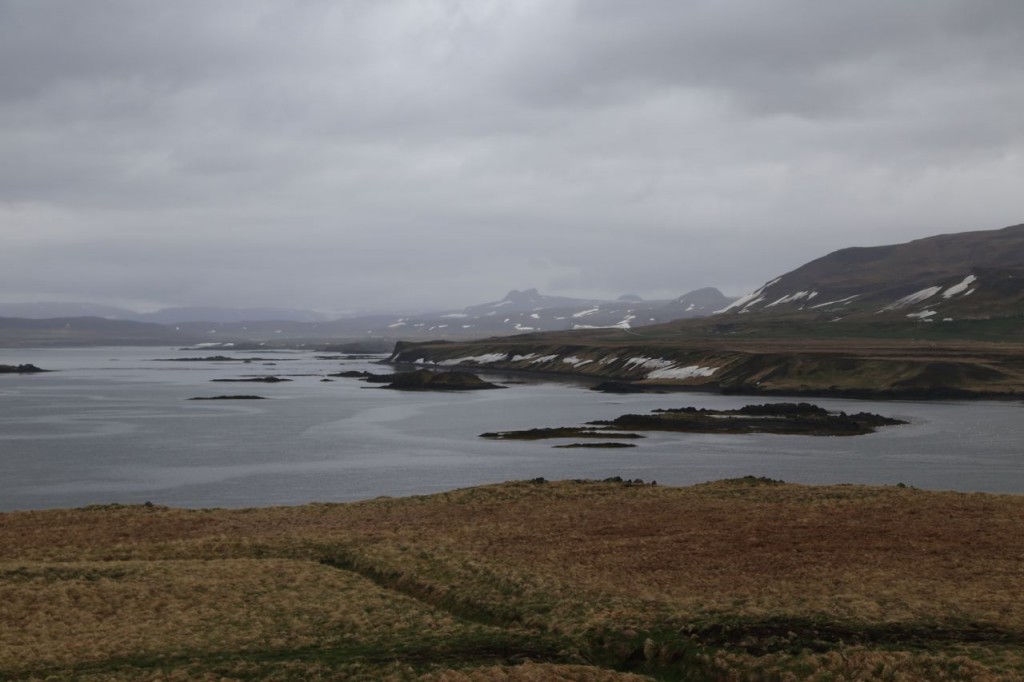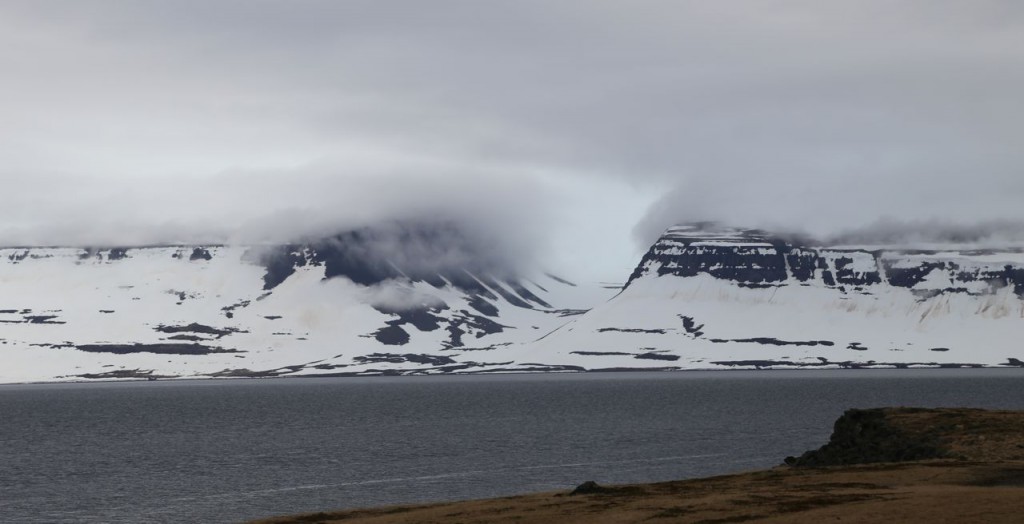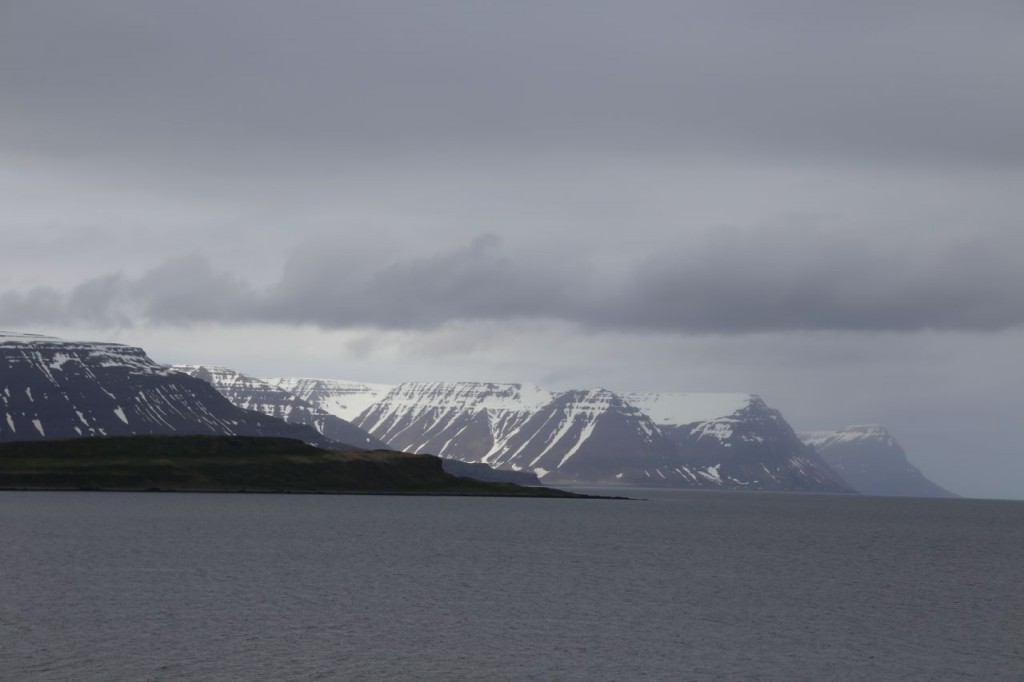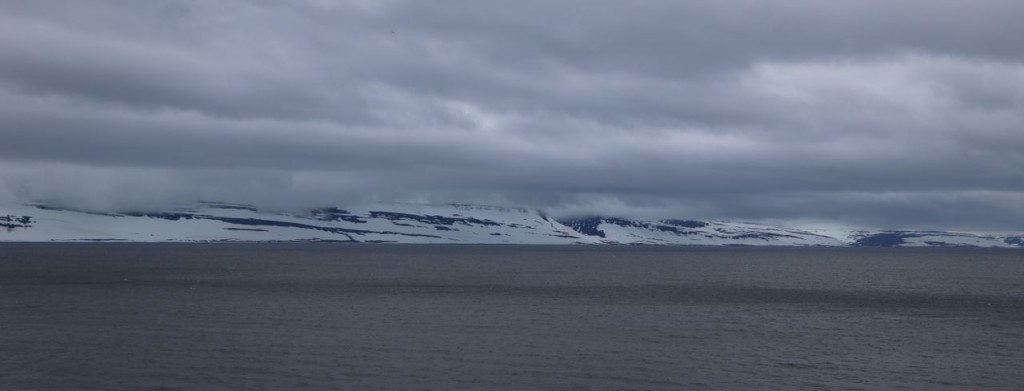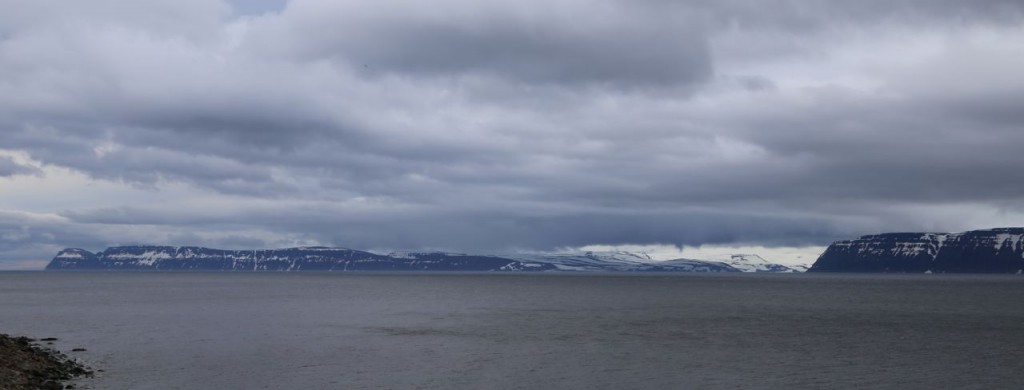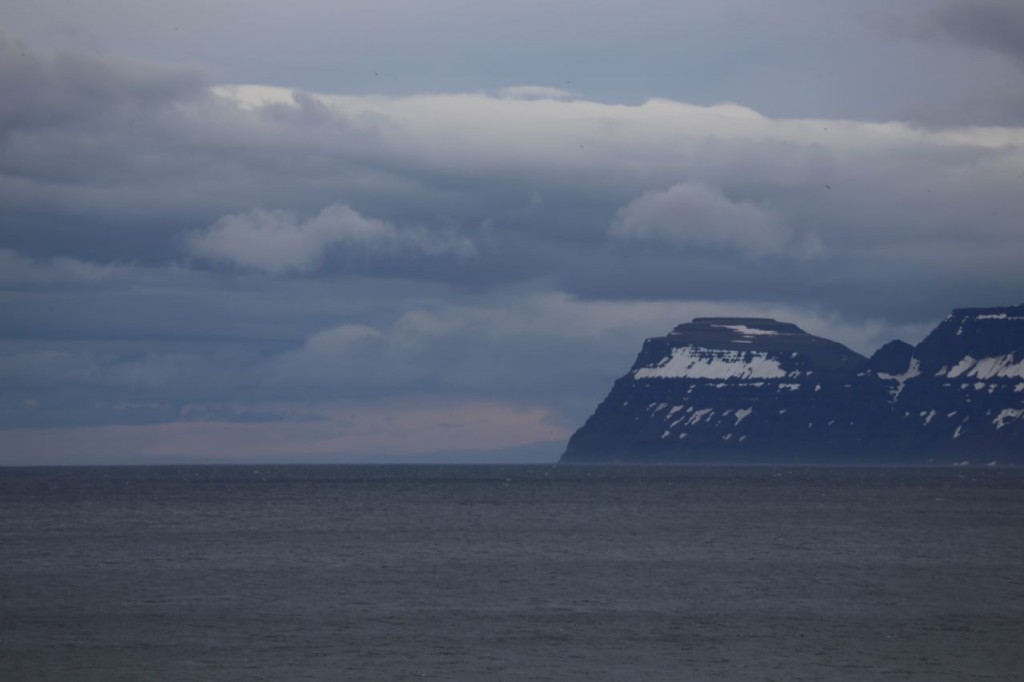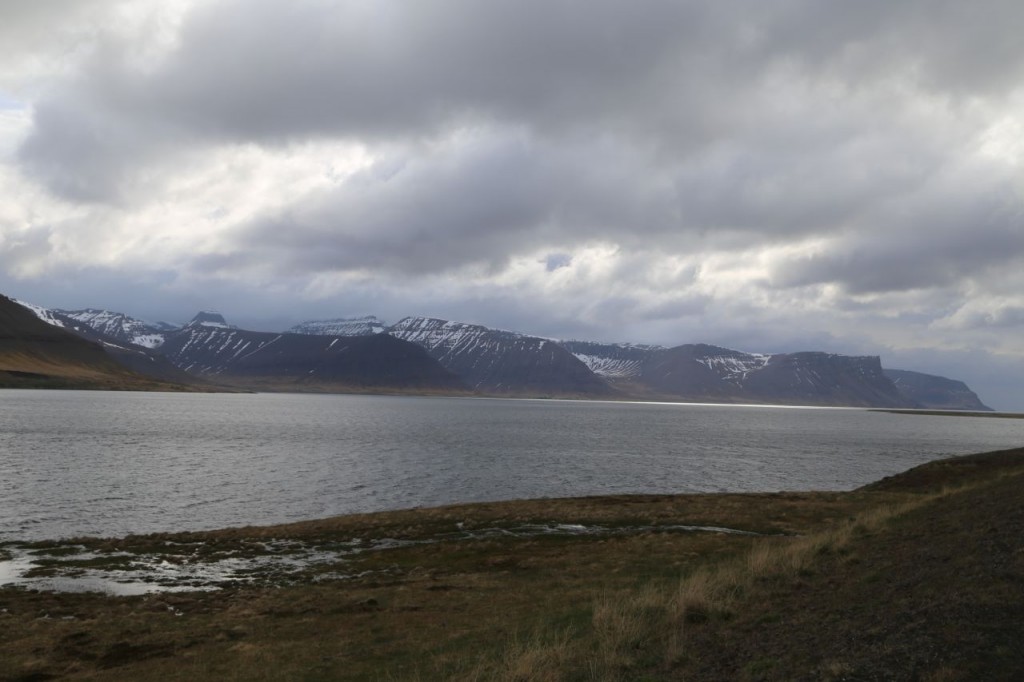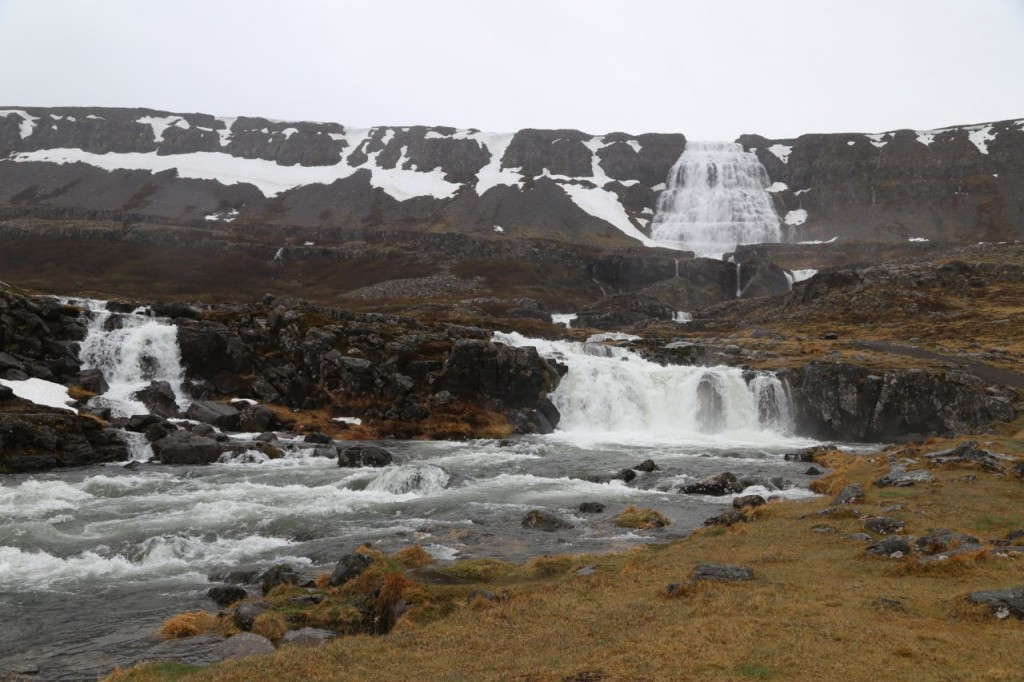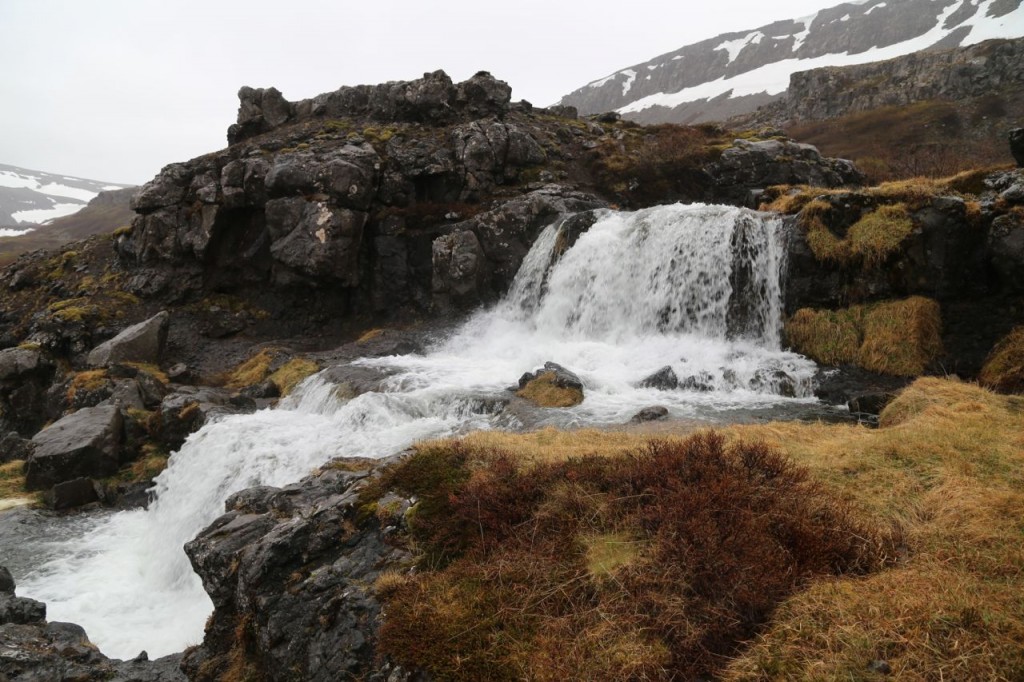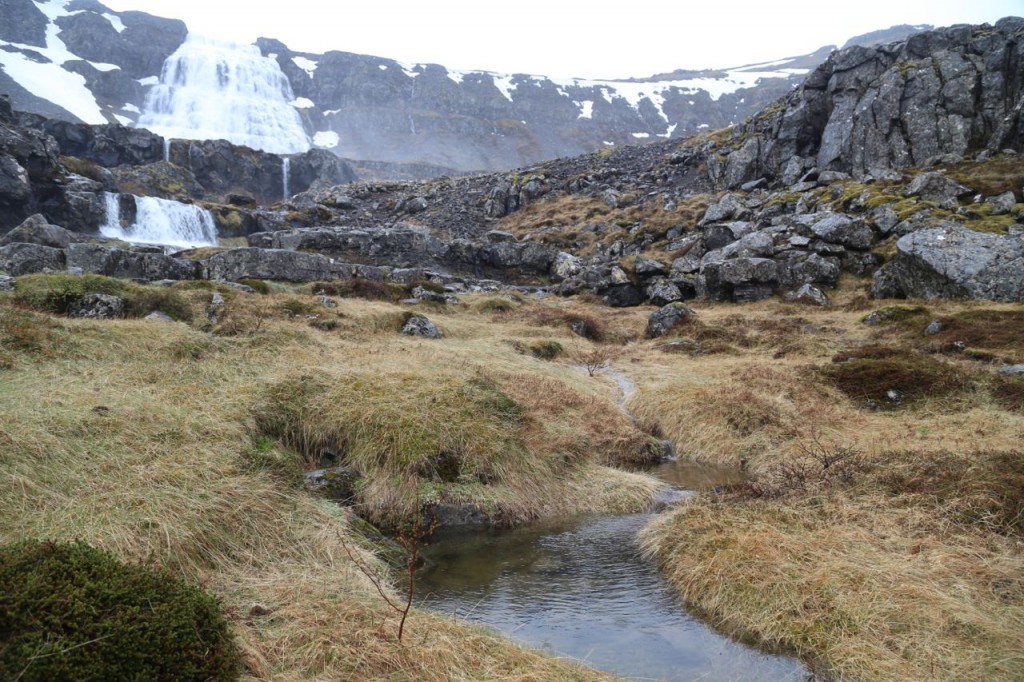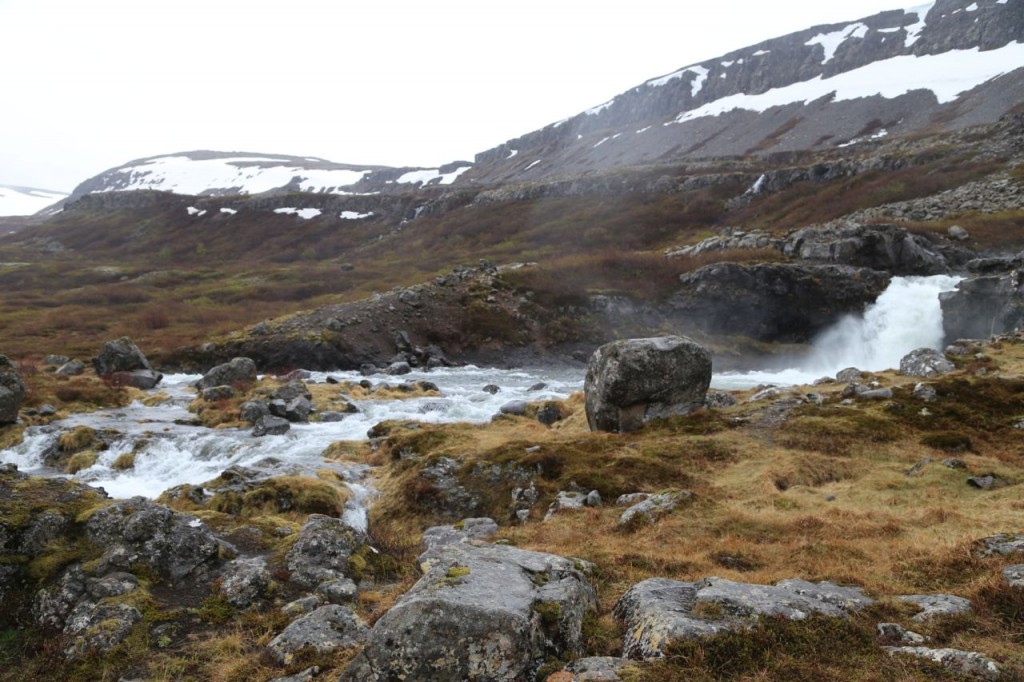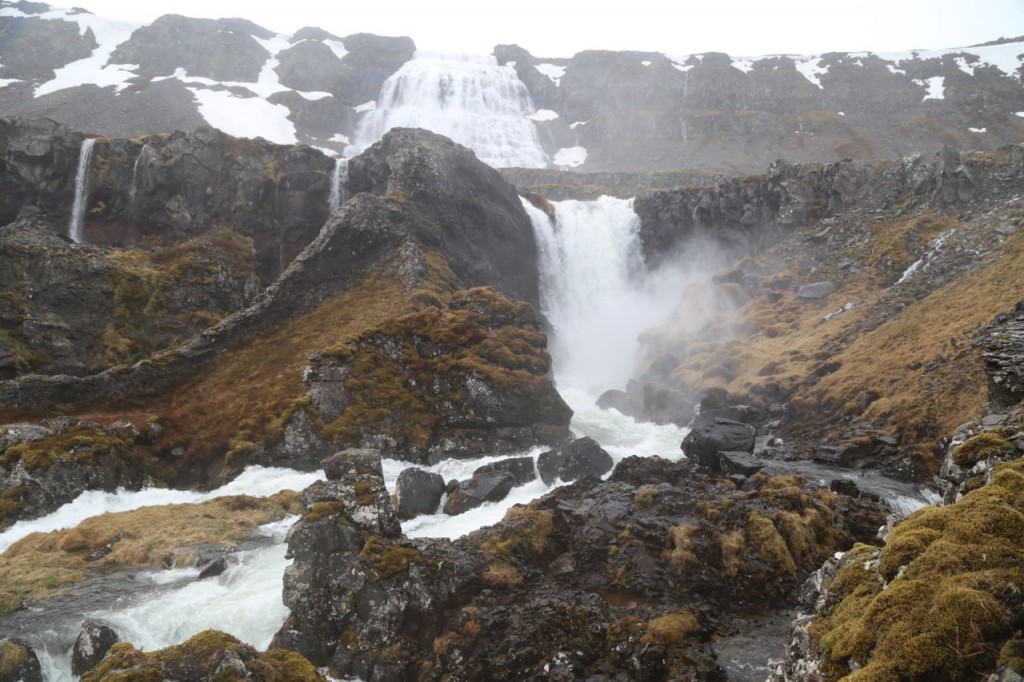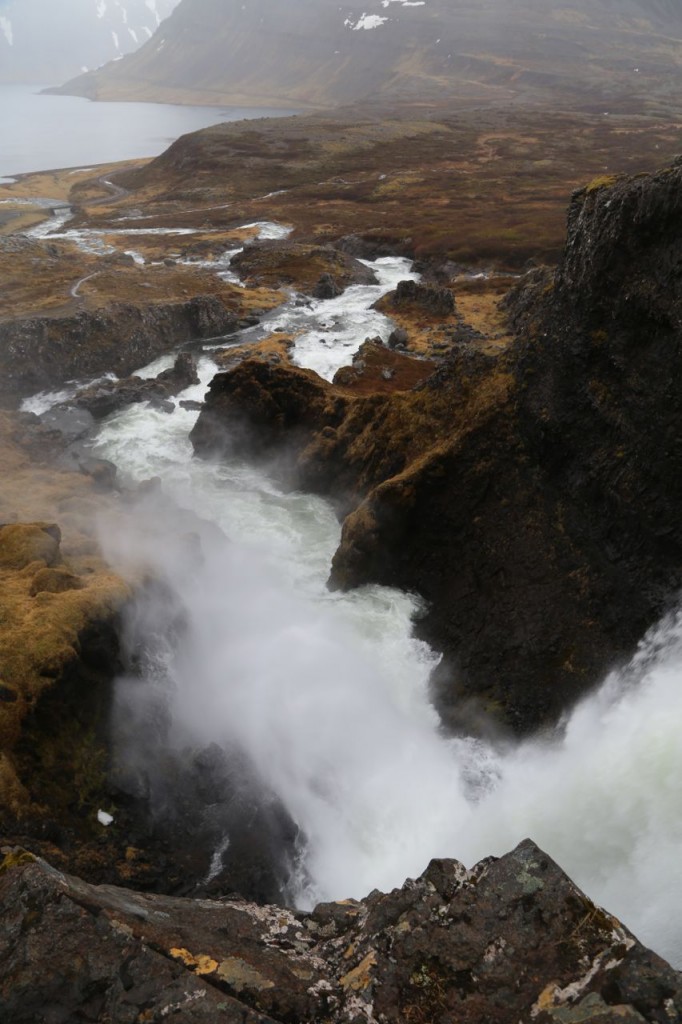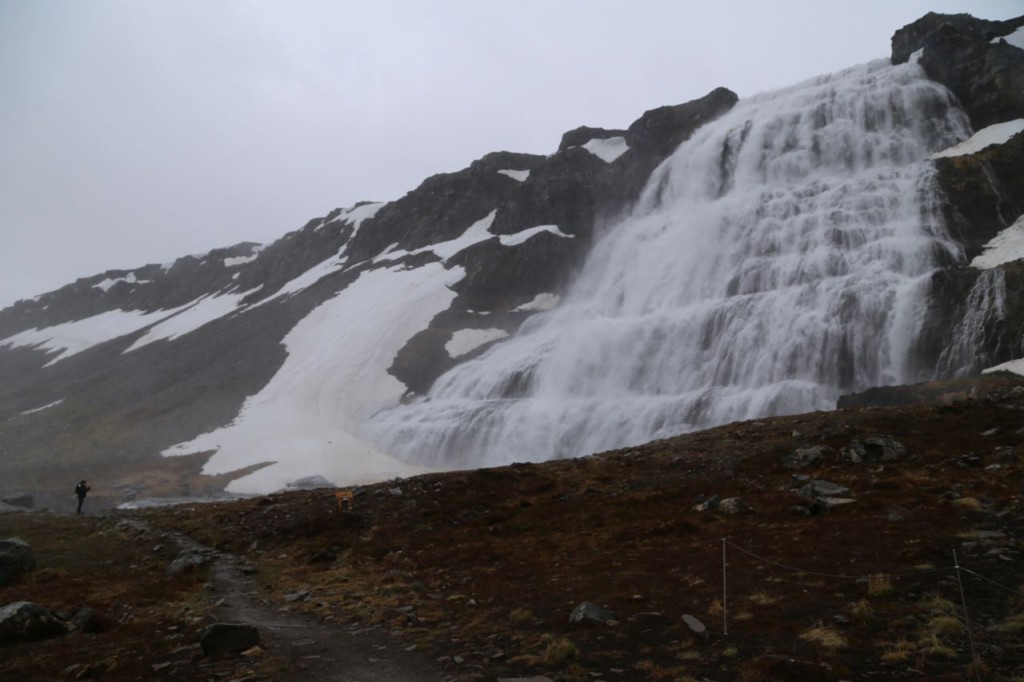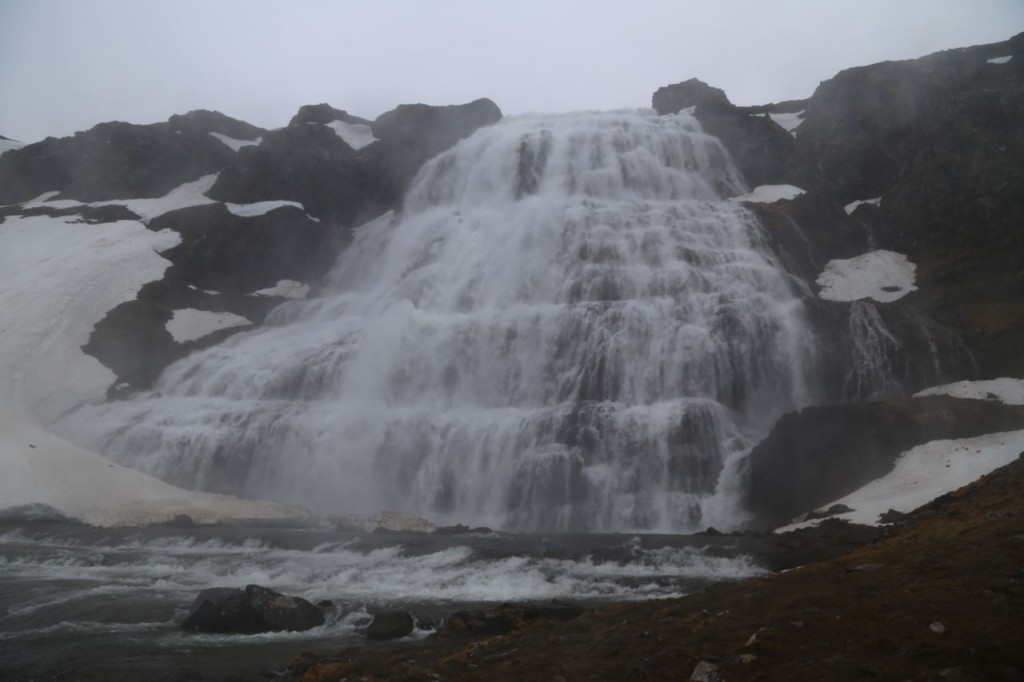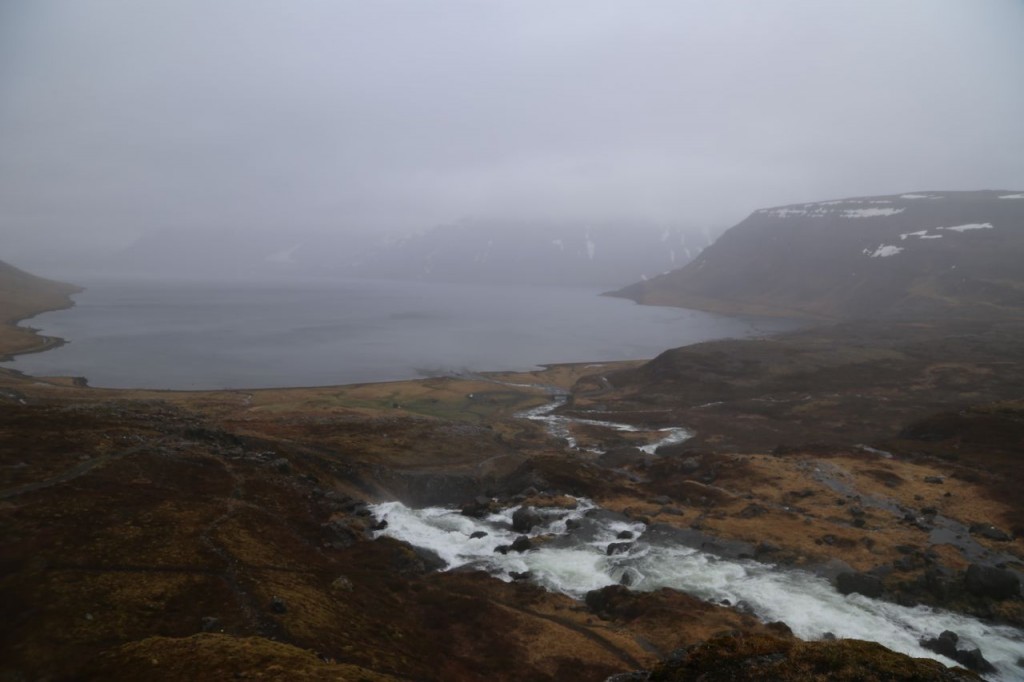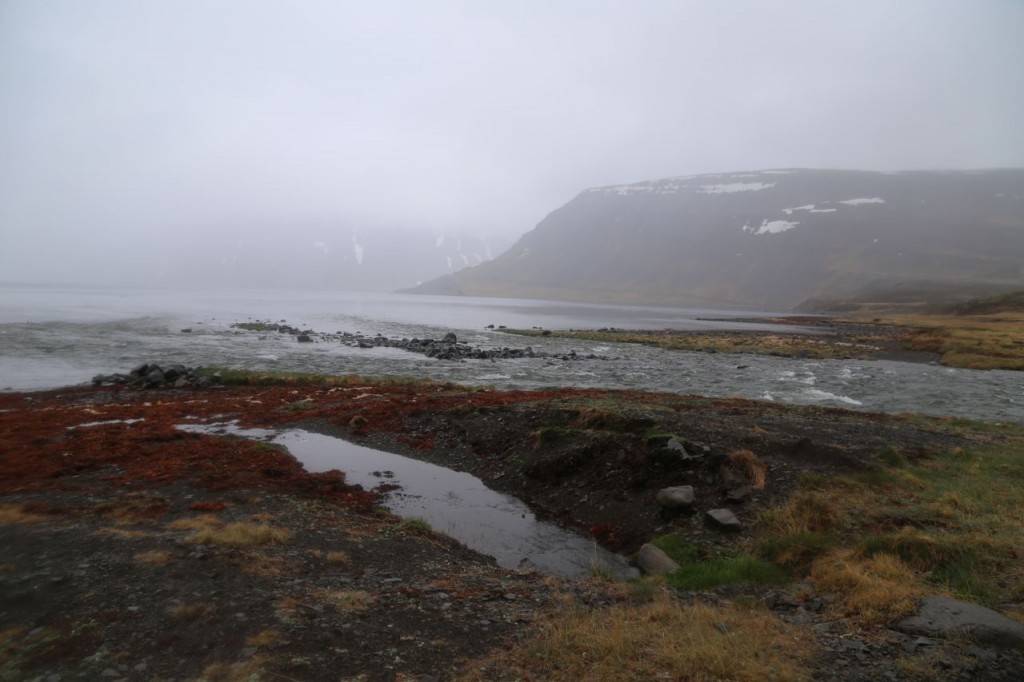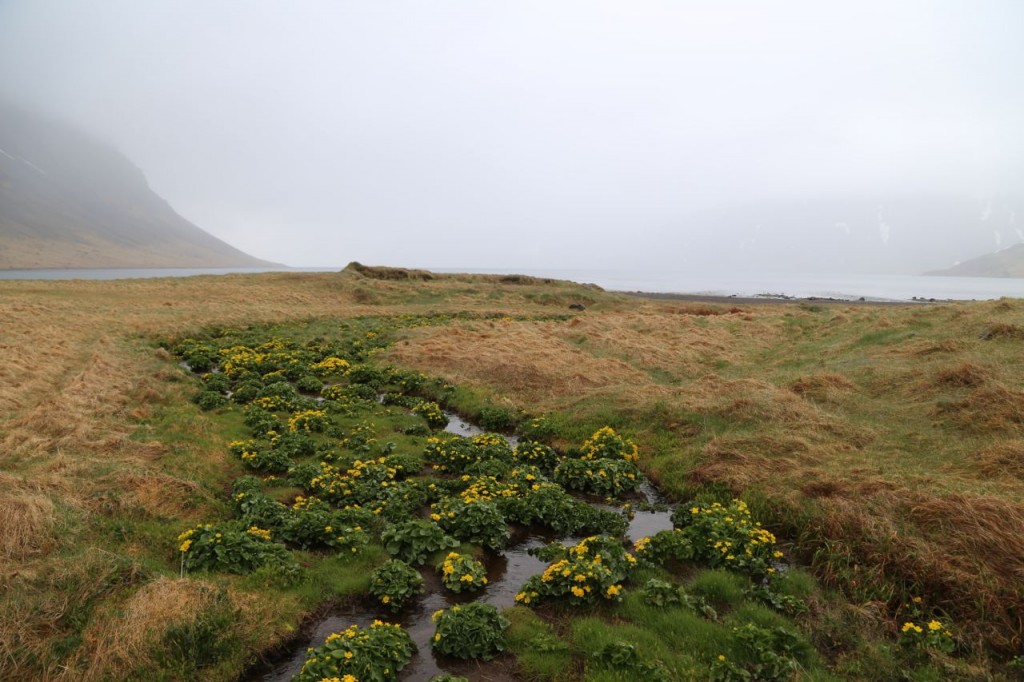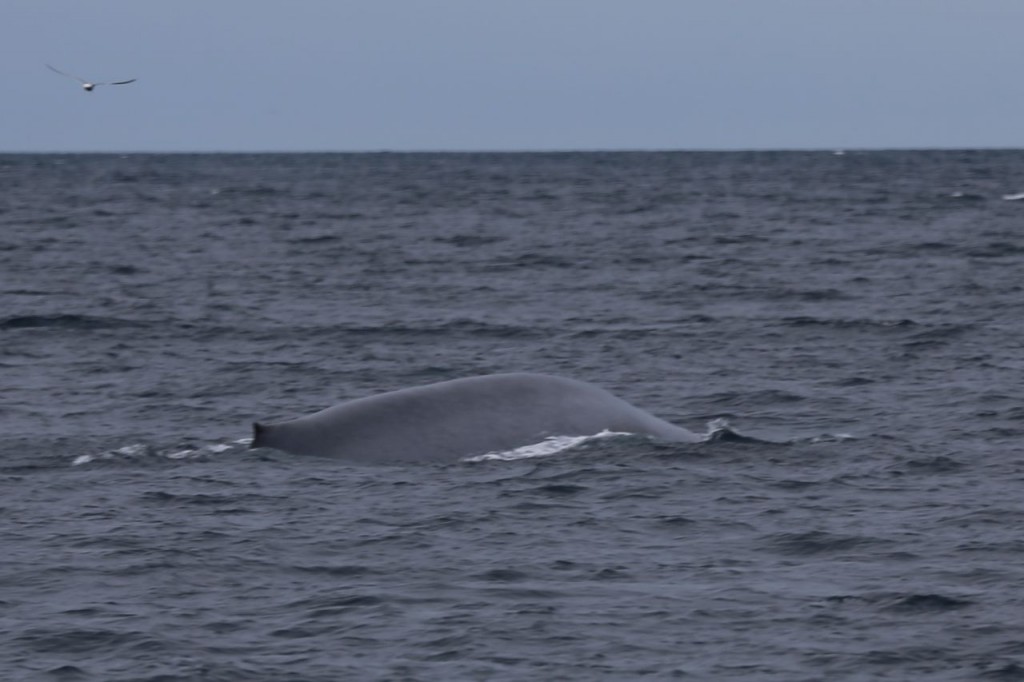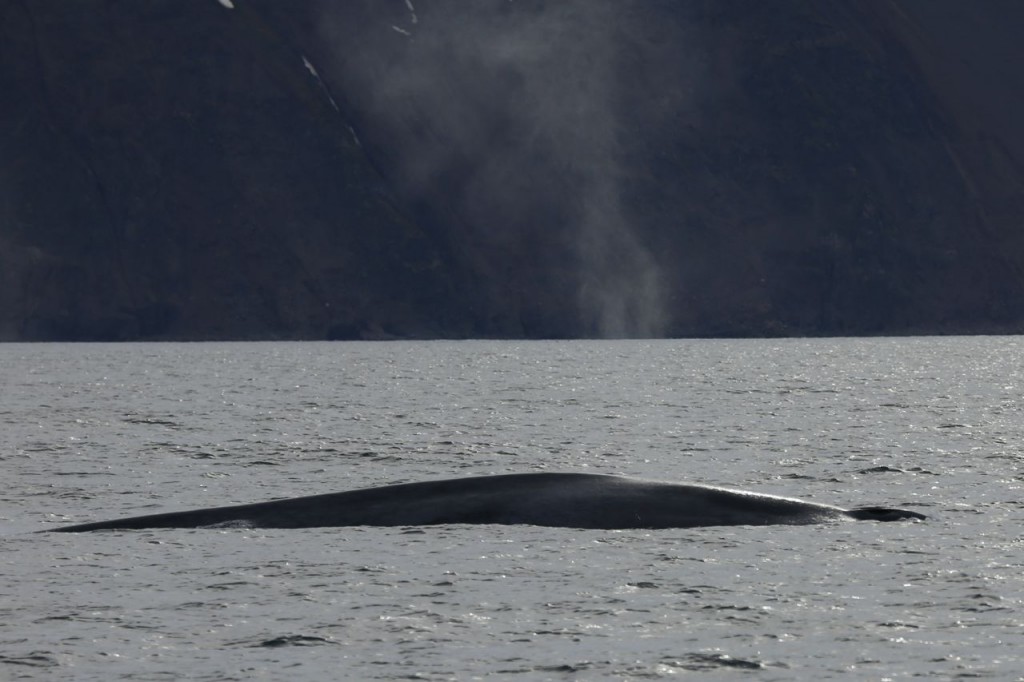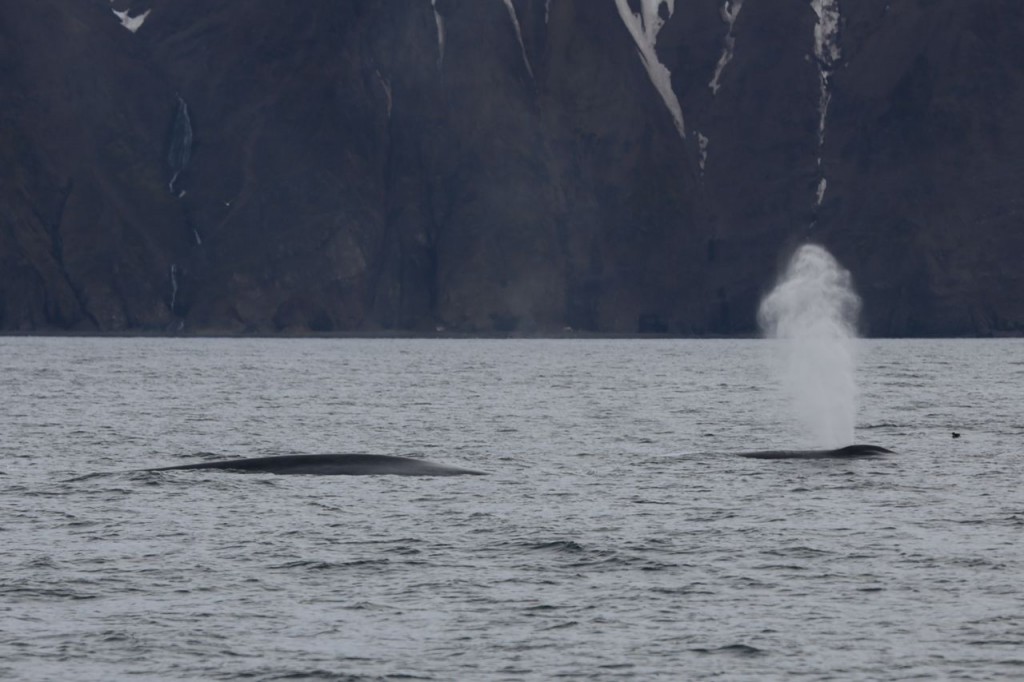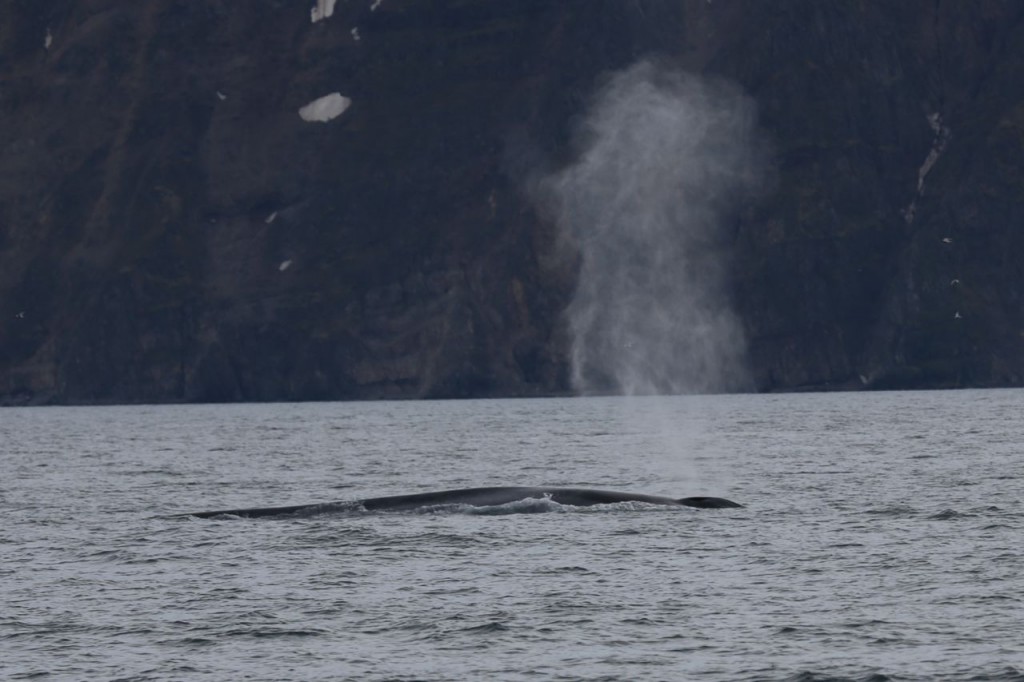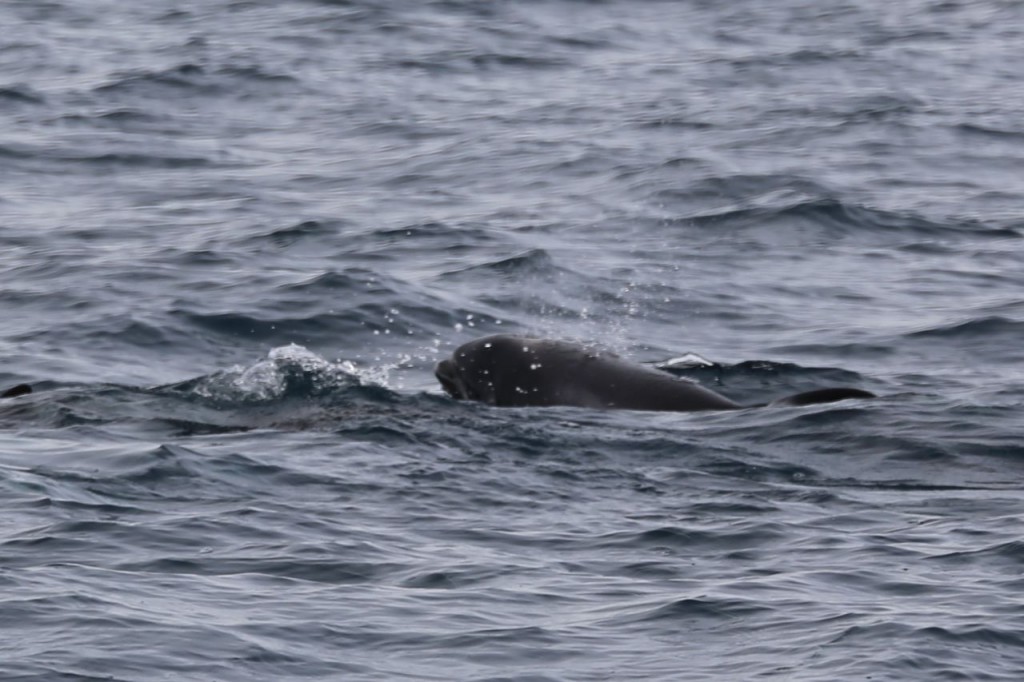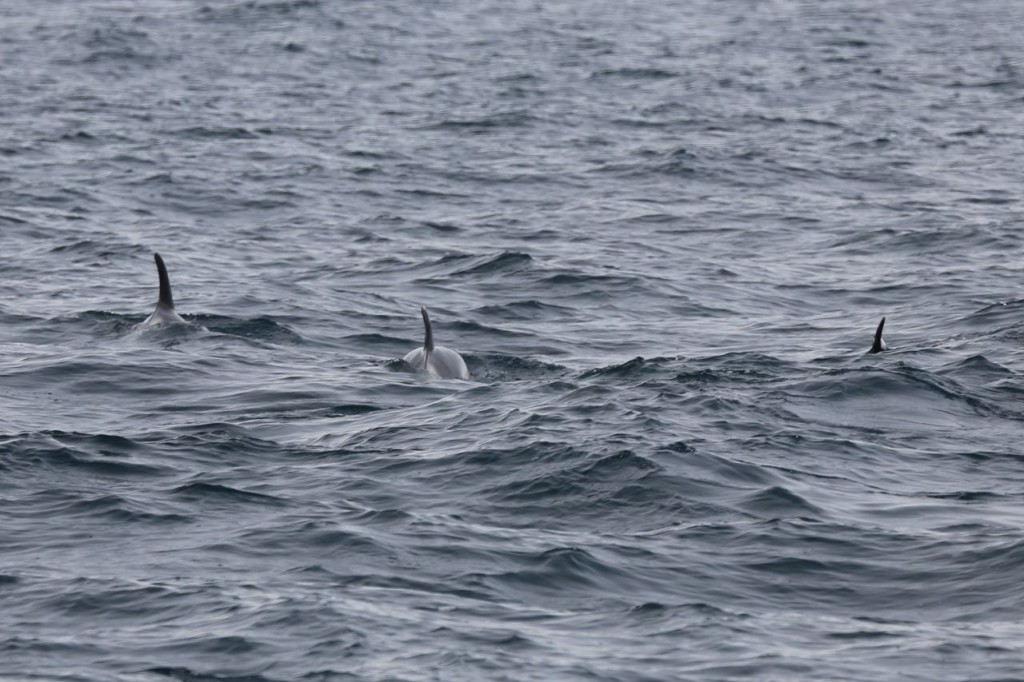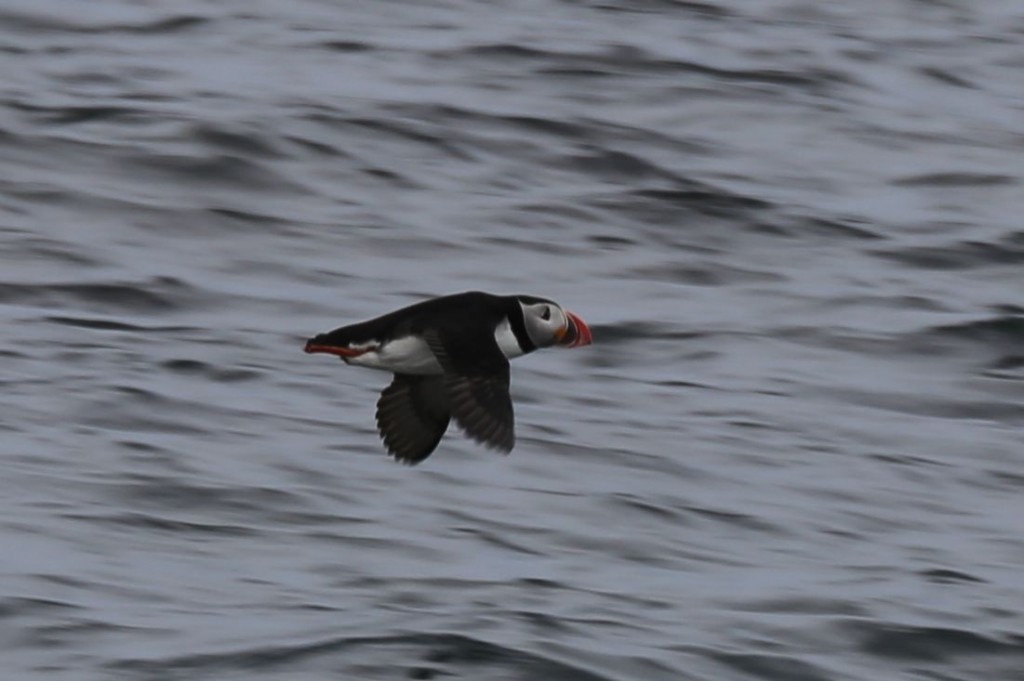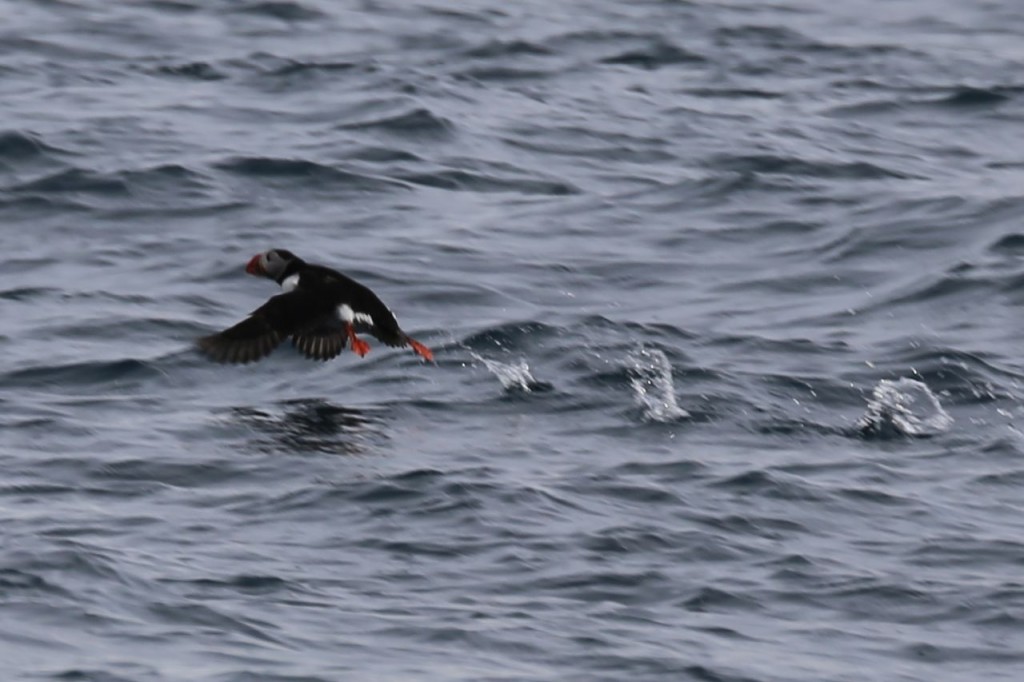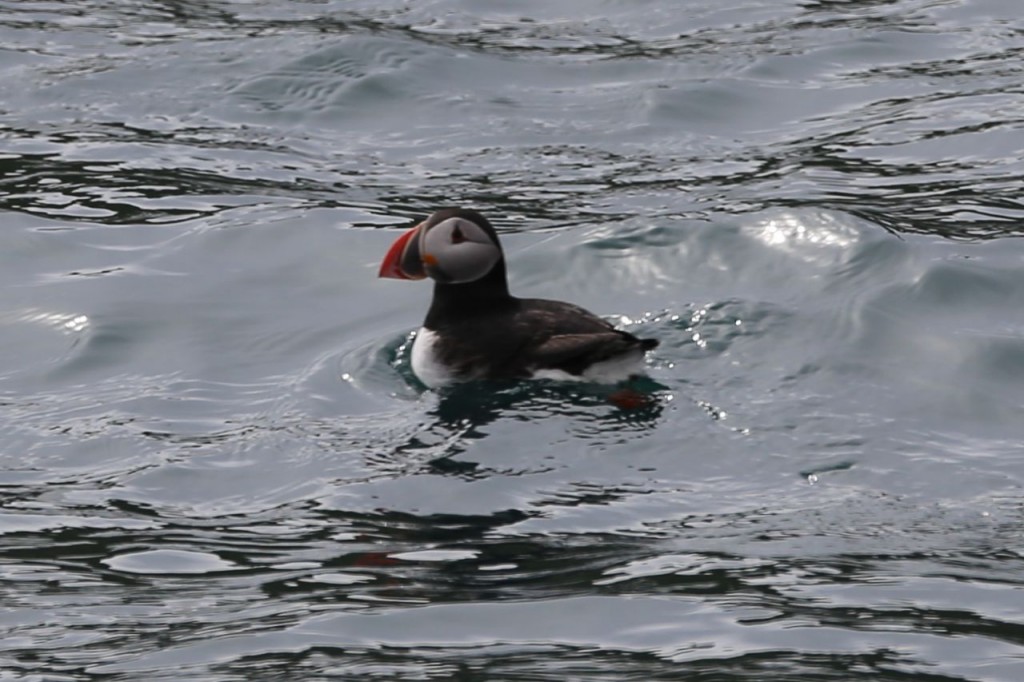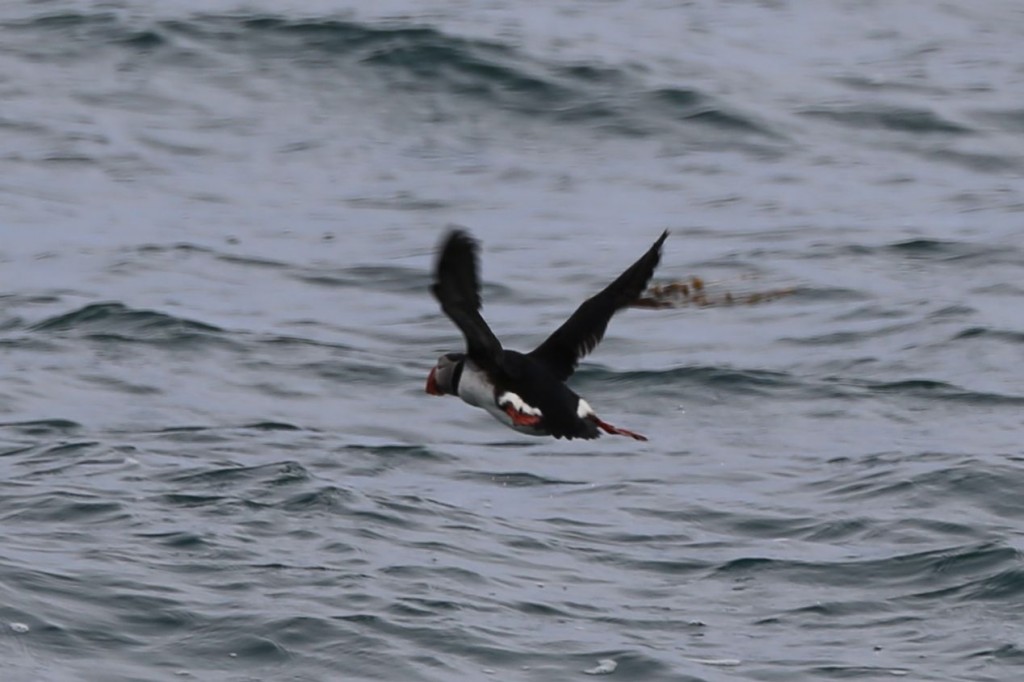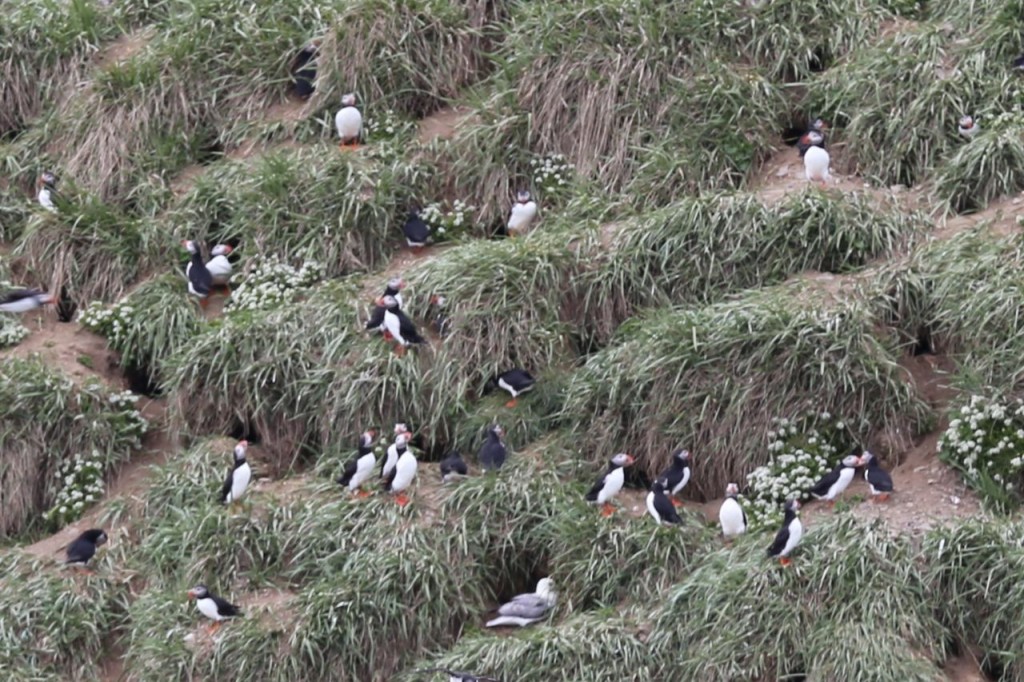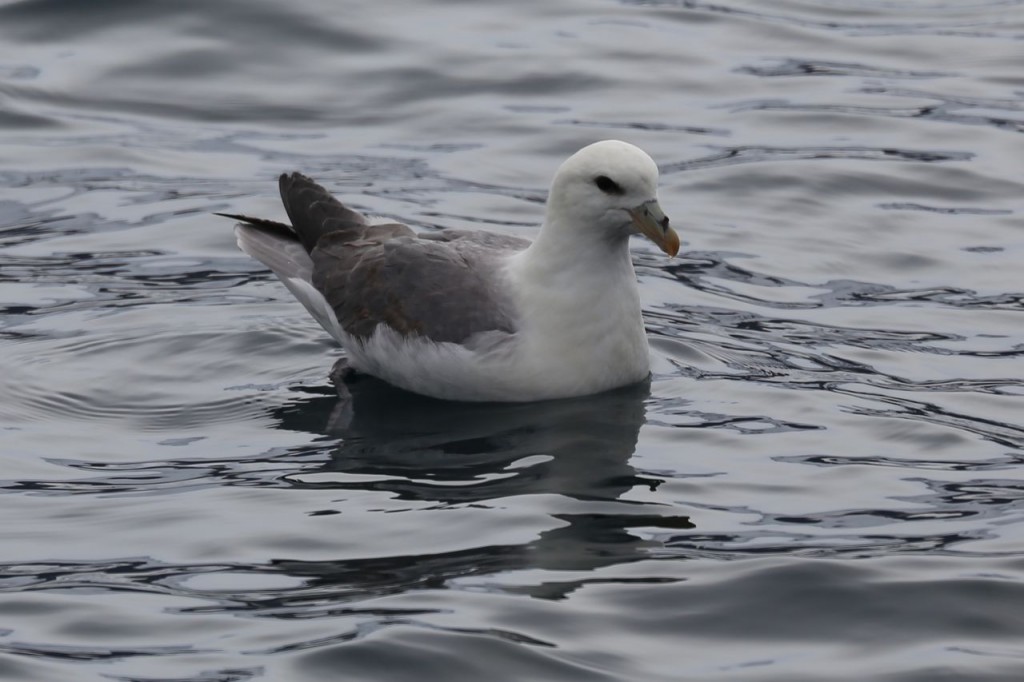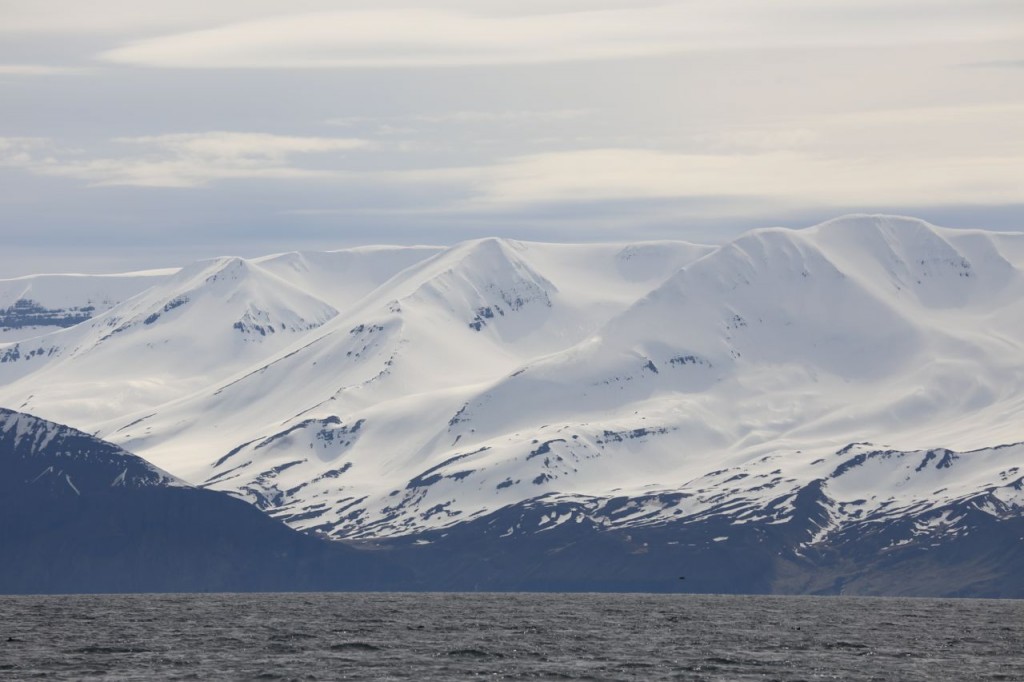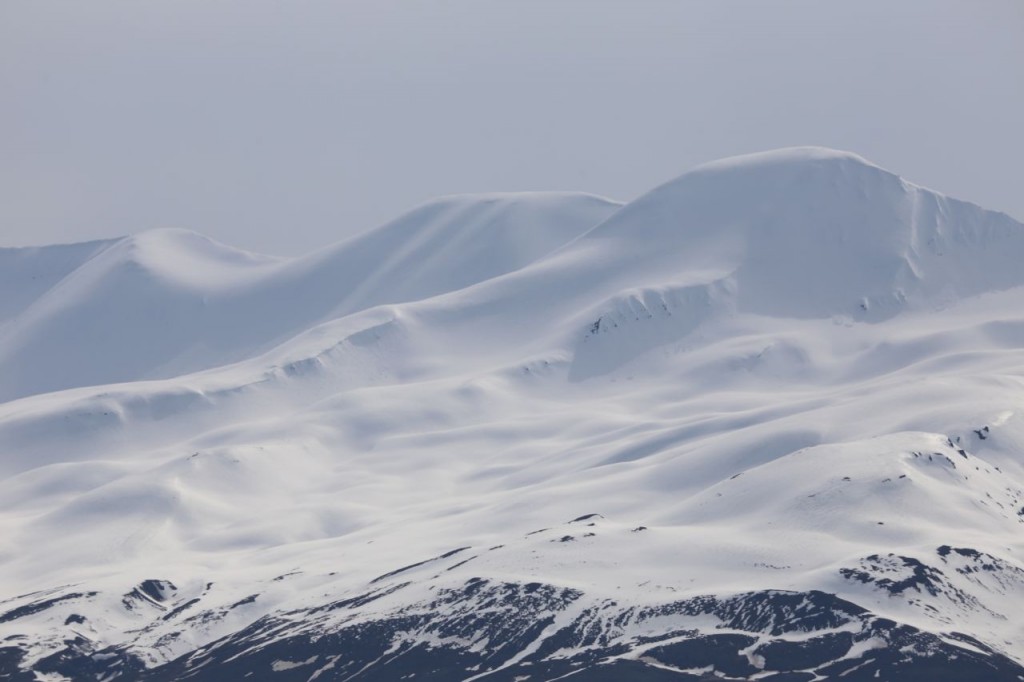After visiting the Green Mountain Audubon Center, we visited the Richmond area and also went north of Burlington to the area where the Winooski River flows into Lake Champlain. The area is really pretty, and of course Lake Champlain is gorgeous.
Tag Archives: Nature
Green Mountain Audubon Center
I came to Vermont for a conference, but I arrived a day early to do a little sightseeing. One place we visited was the Green Mountain Audubon Center outside Huntington. It is a really lovely place to wander around for several hours. It has a hemlock swamp, a gorgeous river running through it, forests full of ferns, and lots of pretty flowers. We also saw a few nice birds, and I saw some really cool looking insects, which I cannot identify.
Thoughts on Iceland
I have been home from my two-week trip to Iceland for two weeks now and finished going through all the photos I took, all 4,500 of them. I pulled the best ones to post in my travel section, and looking at all the photos keeps bringing my thoughts back to Iceland. It was such an amazing trip. I saw many things I don’t normally see like puffins, whales, geysers, waterfalls, and more, more, more, more waterfalls, boiling mud pots, lava formations, beautiful coastline, a natural thermal pool in a cave, a stunningly beautiful historic site sitting at the separation of two tectonic plates, an iceberg filled lagoon at the base of a glacier, a wonderful, major tourist attraction, thermal pool made from a power plant’s wastewater, Iceland’s capital and largest city, its next largest city, several small towns, and so much more. I also experienced many adventures that I don’t normally get to do like SCUBA diving an absolutely gorgeous site in 2°C crystal-clear water and hiking up a glacier in crampons. I also, to a very small extent, got to see some of the differences between the way people in Iceland and the USA live, both from the perspective as an ordinary American and as an engineer. What do I mean, from the perspective of an engineer?
1. Most of the bridges in Iceland are one lane. I find this absolutely fascinating. They obviously did the calculations and decided that the roads, including the Ring Road, the major road that circles the island, get so little traffic that two lanes are not necessary. Also, Icelandic drivers are rather polite. You get to a bridge, and if a car is coming in the opposite direction, you simply wait until it crosses, to cross the bridge. When you approach a bridge, you slow down and make sure no one is coming or if they are, you figure out who will reach the bridge first to decide who goes first. This would never work in the USA.
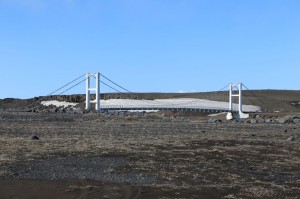
Even this beautiful suspension bridge over Jökulsá á fjöllum on the Ring Road on the northeastern side of the island is one lane.
2. Even better than the one lane bridges is the one lane tunnels. I am still flabbergasted by them. There are actually a few one lane tunnels in Iceland, but the one I went through was Vestfjarðagöng. There are three roads that go into and out of Ísafjörður in the Westfjords, and all three go through a tunnel. The road that goes to the south goes through the Vestfjarðagöng tunnel. Leaving Ísafjörður, the tunnel is at first two lanes for about 2 km, and then you get to an intersection. The tunnel has an intersection. I’ve never been in a tunnel with an intersection before. It’s amazing. Then after the intersection, we kept going straight to the south. At that point, the tunnel becomes one lane with a turn off to the right every third km or so (perhaps more). I was driving, and I had to turn off several times for oncoming traffic. I must say to, in the tunnel, it was all the more difficult to determine distances and how soon I needed to pull off. This one lane tunnel lasts for about 3 km. Later that day when we were driving back to Ísafjörður, I encountered oncoming traffic once, and they pulled off before I could figure out if I was supposed to since I would have to cross their lane of traffic to do so. I am still not entirely sure what the rules of the road are in that situation. If I had known something like that existed, I would have studied on rules of the road for it. Again, one lane tunnels would never work in the USA.
3. Not all their roads are paved, and I don’t mean their tiny, never used private roads. The Ring Road is not paved in sections. I can understand from a maintenance standpoint why, but from a car maintenance and safety standpoint, I can’t.
4. They don’t really believe in guardrails for roads. There were a few spots where they actually did have a guardrail, but they were few and far between. The roads that climb up their mountains going through many switchbacks rarely have guardrails even though there are seriously steep drops on the side. The roads are even more fun when they are unpaved with no guardrails. This does force the driver to take extra care when driving, but it is still scary as hell. Of course they do have helpful little yellow, flexible markers on the side to sort of alert you to the whole don’t fall down the side of the mountain thing.
5. Not only is most electricity generated from geothermal heat, but in some places, the hot water also comes from geothermal heat. In Reykjavik, pipes deliver hot water (groundwater heated at the geothermal plant) directly to the houses and businesses. There are of course separate pipes for the cold water. How awesome must it be to not need a water heater and get endless hot water?
Those are some things that particularly fascinate me as an engineer. Some other observations include.
6. There are a lot of sheep in Iceland, and the sheep seem to regard fences are mere suggestions. The rural areas of Iceland (i.e. the vast majority of it) has a lot of farms with sheep and other animals. The farms have lovely fences. Most of the animals are in fact behind the fences. However a certain percentage of the sheep don’t really care to be fenced in. As we drove the Ring Road, we constantly saw sheep between the road and fence where the majority of the sheep were safely grazing. We never saw sheep in the road, so evidently the sheep are fairly smart, but still, we found the number of the sheep outside the fence to be funny.
7. Iceland is the land of waterfalls. You can’t go five minutes without seeing one. After a while, you start to ignore the ones that aren’t really big or have some unique feature. We saw so many waterfalls that we started driving right past the “normal” ones. These normal ones being ones that in many places would be their own tourist attraction. We passed many farms with a waterfall in their backyard. The beauty was insane.
8. Shops in Iceland have shorter business hours and are only open from about 9 or 10 a.m. to 5 or 6 p.m. This did not appear to be a thing that changed once it was officially tourist season. While I appreciate the employees and owners wanting a normal work day, from the perspective of a tourist, it was really annoying because if you are sightseeing all day, by the time you return, everything is closed. You need to leave a day to just shop.
9. Food is really expensive there, but the food is wonderful. Also, everyone in Iceland seems to make incredible bread. Also, the Skyr yogurt is awesome. Really, pretty much all the food was great.
10. Icelanders are very nice and helpful. The vast majority of them speak English and are patient, helpful, and have a sense of humor about people trying to say a word or two of Icelandic and, at least in my case, failing miserably. Side note: We read that the closest English way to pronounce Eyjafjallajökull, the volcano that erupted there in 2010 and messed up air traffic across the globe, is “hey I forgot my yogurt.” I relayed this to an Icelander who laughed a great deal and said that was actually not a bad way to learn to say it.
11. There is evidently very little crime in Iceland. I saw a total of 8 police cars the entire time I was there. In several cities, we did pass what was clearly the police station, but seeing an actual police officer or car was rare.
In summary, Iceland is incredible. Go visit if you can.
Flying Over Greenland
My flight back home from Iceland flew over the southern tip of Greenland. It was an afternoon flight, and it was an almost cloudless sky. Luckily I had a window seat and my camera at my feet. Actual, it wasn’t luck. I always get a window seat if I can. Also, I trust neither the TSA nor any airline with my camera, so it is always carried on the plane. Greenland is gorgeous from above. Not so sure I want to visit though, maybe, for a short visit sometime. I’ve been to Antarctica, so perhaps I should venture to the arctic also.
Diving Silfra
Day 3 in Iceland was spent in the Golden Triangle, visiting Geysir, Gullfoss, Bruarfoss, and Þingvellir National Park. We ended the day at Þingvellir, which I later returned to at the end of our trip. While at Þingvellir that day, I dove Silfra, which is a part of Þingvallavatn (Thingvallavatn). Silfra has crystal clear water that sits between high rock walls. Those rock walls represent the spreading of the North American and Eurasian tectonic plates, and in one place, a diver can reach out and touch both plates, which makes for very fun and memorable photos. At the end of this post is a photo of me doing just that. The canyons are somewhat disconnected, and the route through Silfra consists of swimming between deep canyon walls then turning through very shallow portions, of less than a meter, then back to a deep canyon, then shallow, etc., until it ends with a wide open plane. There is very little life in Silfra, except some algae. Perhaps some animals are there, but I never saw any. This was one adventurous thing that I decided I had to do if I was going to Iceland, and I got my dry suit SCUBA certification just to do it because the water in Þingvallavatn stays 2-4°C year round. I dove that day with Dive.Is. All the photos below are my own, except the ones which feature me. I purchased those photos through Dive.Is.
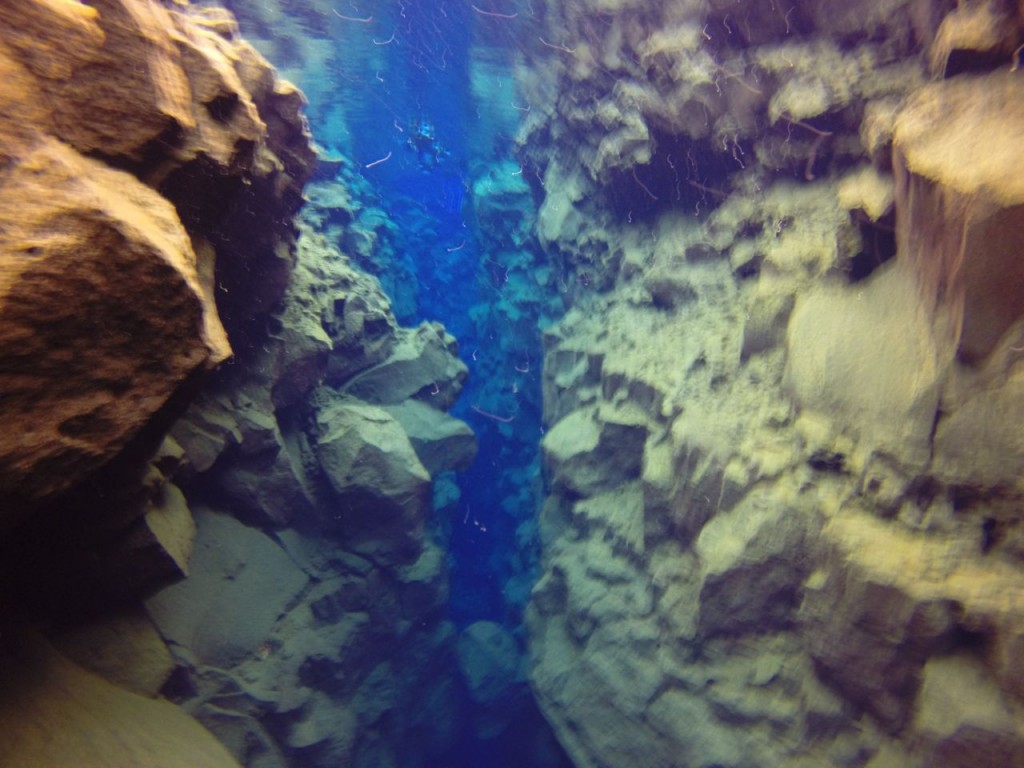
Canyon in Silfra. In the middle of the photo is the place where a diver can touch the North American and Eurasian tectonic plates.

Me taking a photo where a canyon ends. In the upper right is a diver exiting the canyon to another canyon through a shallow portion.
Iceland’s Moss and Lichen
Iceland has very few trees, yet it is incredibly lush due to all the moss and lichen that cover, well, everything. Most of the lava rocks are covered with soft green moss, or possibly lichen. I have yet to identify the actual kingdom, much less species, of the “living stuff growing on the rocks” that I photographed. Whatever the stuff is, it is gorgeous. It also gave me a great reason to play with my new macro lens. If anyone who reads this can identify what I photographed, even if only to narrow it down to fungus, plant, or lichen, I would be grateful if you would leave me a comment. I would really like to know what they are. Edited to add: Here is a link to an interesting article about the ecosystem consisting inside glacier mice.
Þingvellir
Þingvellir (Thingvellir) National Park is one of those places that you must go to if in Iceland for good reason. It is historically significant as the place where the original Iceland government met, and it is amazing and beautiful site to see. It is also geologically fascinating because it sits where two major tectonic plates are spreading apart. Also, if you watch Game of Thrones, you will evidently recognize it. The very tall rock wall you can walk along side is known as Almannagjá, and it is just one of things you need to do in person to really grasp the awe of it. I found this to be a good source of information on the geology of the area.
Westfjords
Between driving up to the Westfjords on Day 10 in Iceland, exploring on Day 11, and leaving on Day 12, we drove up and down numerous fjords, numerous times. The fjords are gorgeous, but driving up and down them can get quite tiring. We didn’t have the best weather while we were there, so we couldn’t really see the tops of the mountains. Of course, the low clouds sitting on top of the mountains did help to demonstrate their height.
Dynjandi
Day 11 in Iceland was spent in the Westfjords. We drove through the area enjoying the beauty and very much not enjoying the unpaved roads that go around mountainous curves and altitude changes and have far too many potholes. The area really is pretty, but it is probably prettier than I realize as it was raining most of the day with very low clouds, such that it was rather difficult to see much of the fjords. During our drive, we visited Dynjandi, which is a rather pretty series of waterfalls. The stream that flows over the waterfalls then exits to a fjord in an area with lots of waterfowl.
Whales, Dolphins, and Puffins
On Day 9 in Iceland, we took a cruise out of Húsavík to try to see whales. We chose a cruise on a sailboat that took us by an island where we were pretty much guaranteed to see puffins. The puffins did not disappoint. We also lucked out and saw white-beaked dolphins and two blue whales. I have never seen blue whales before, so I was very excited about that. We were also visited by one friendly fulmar, and the cruise included spectacular views of the fjord.

